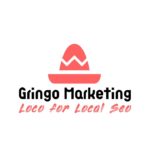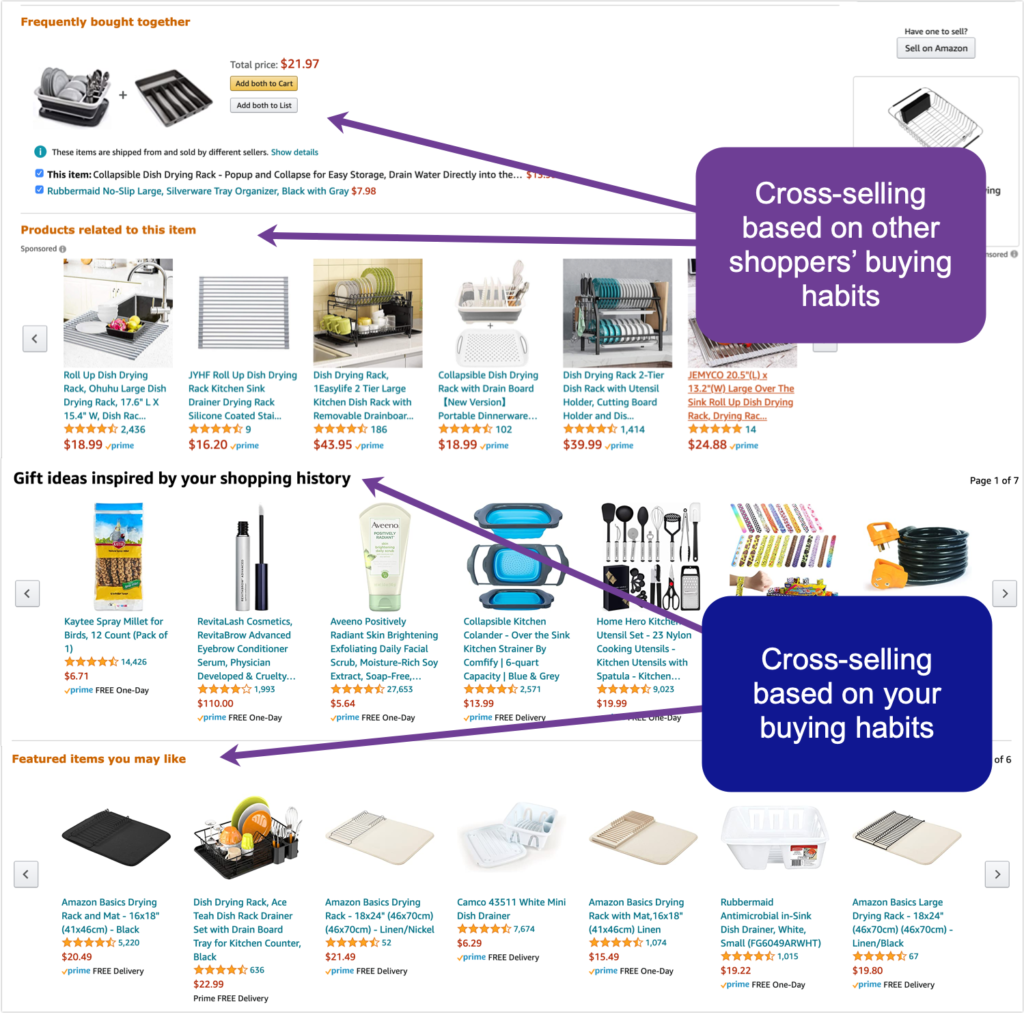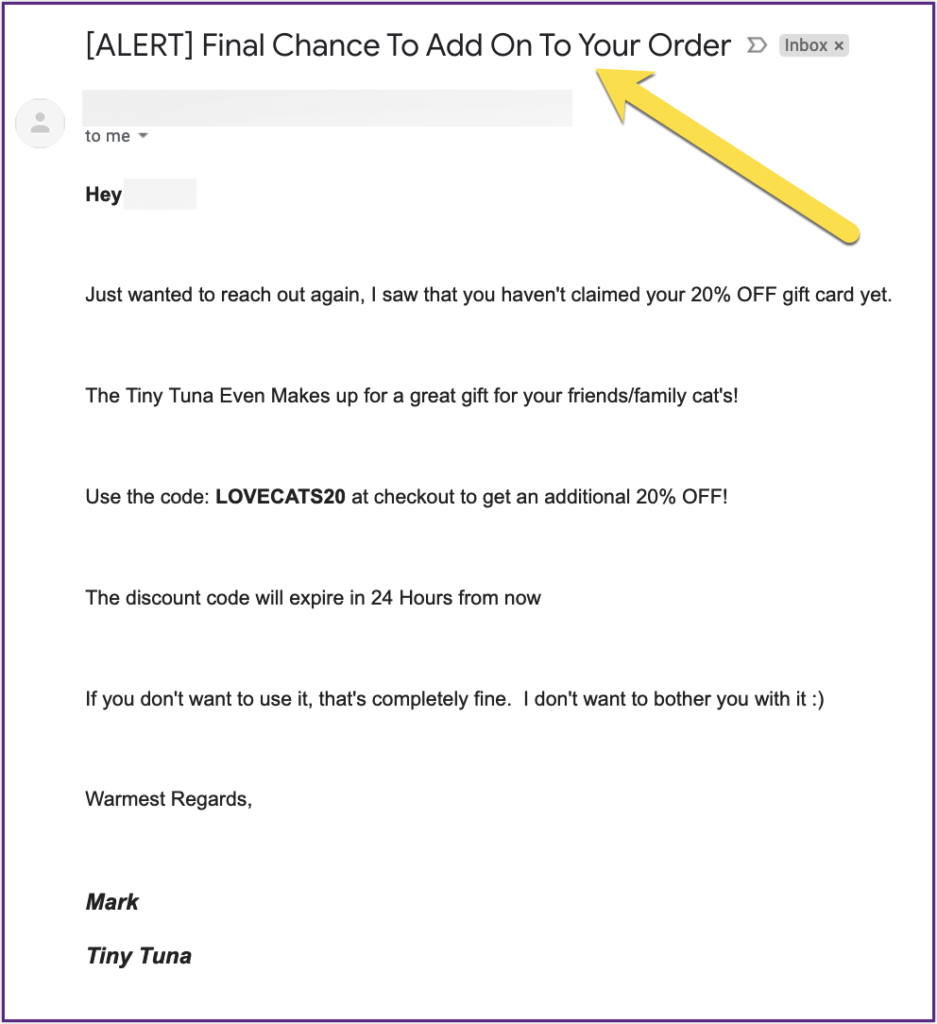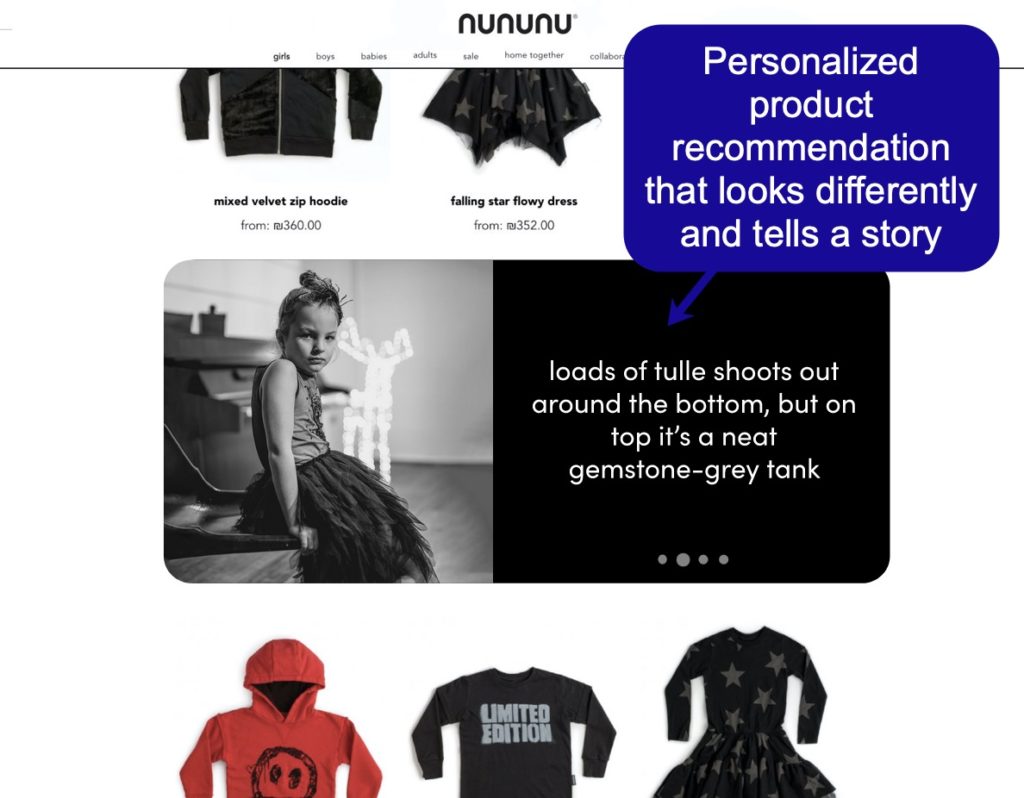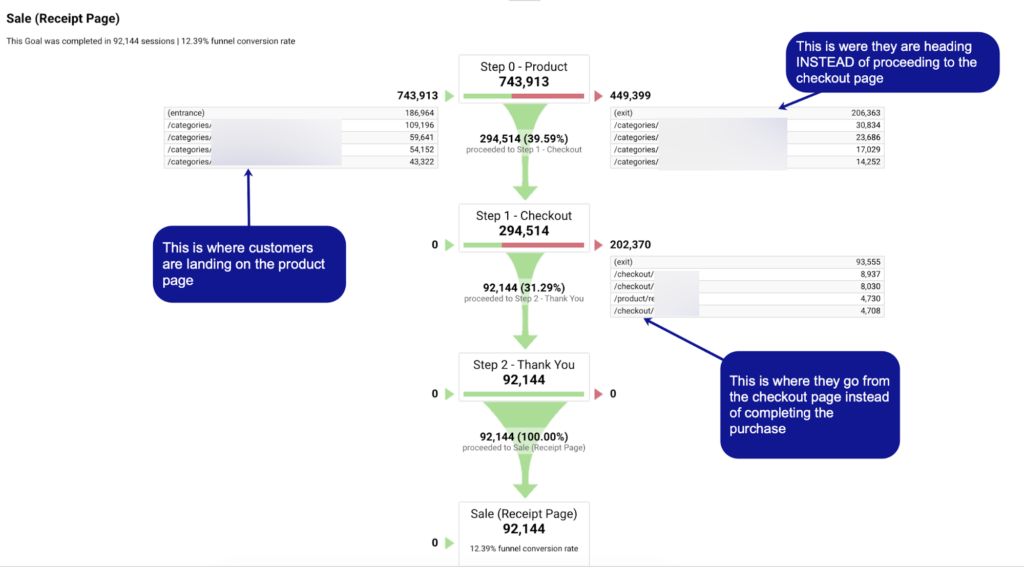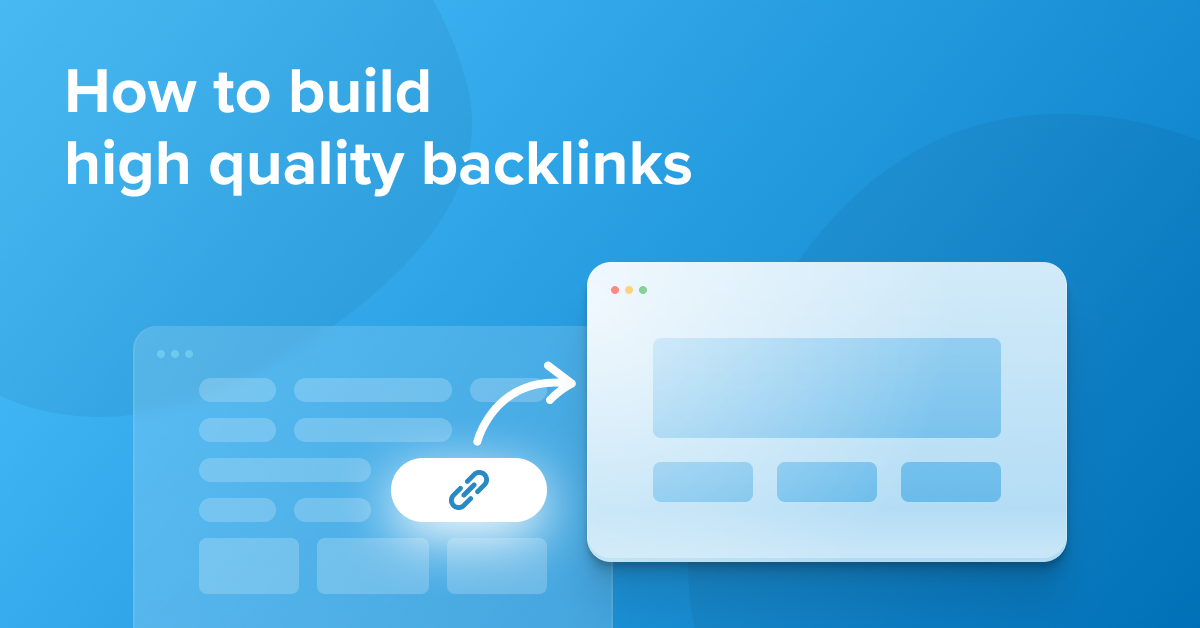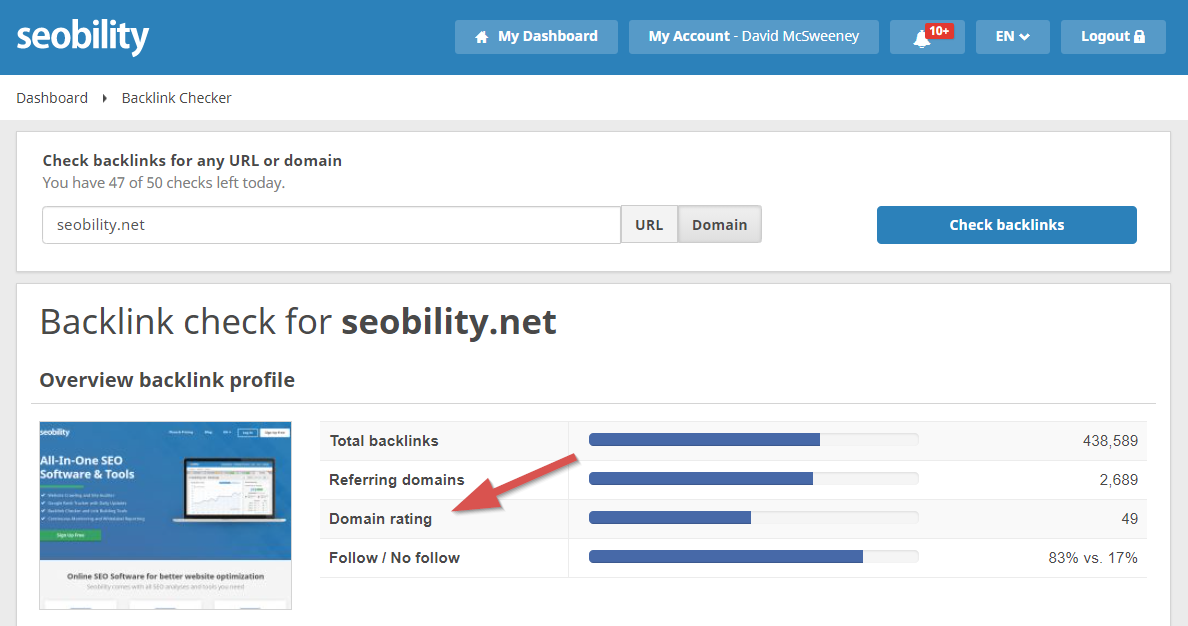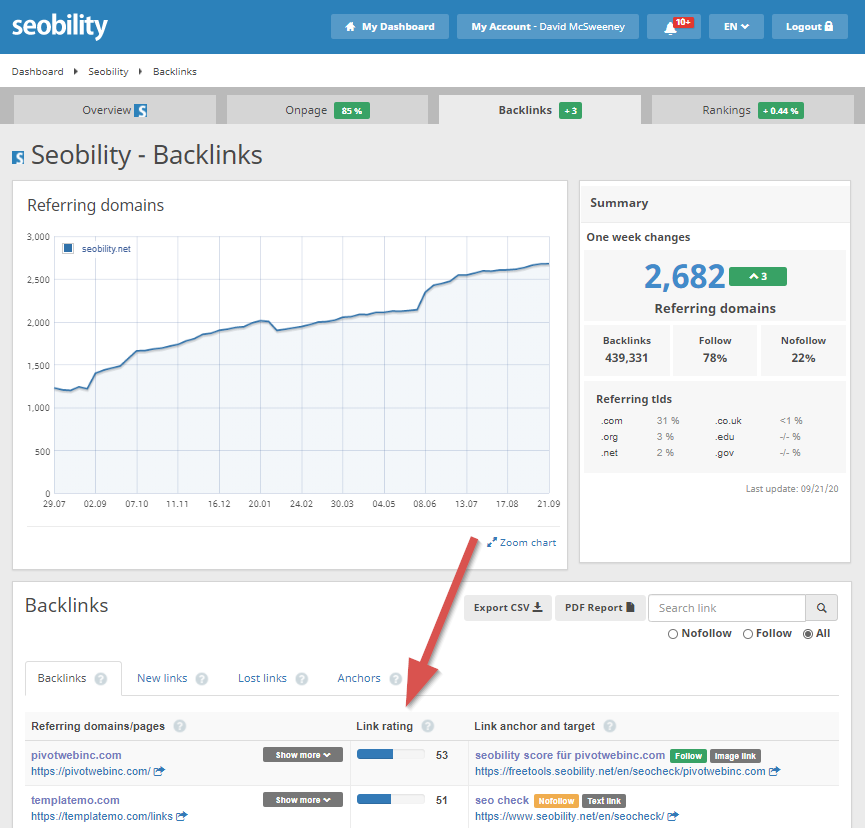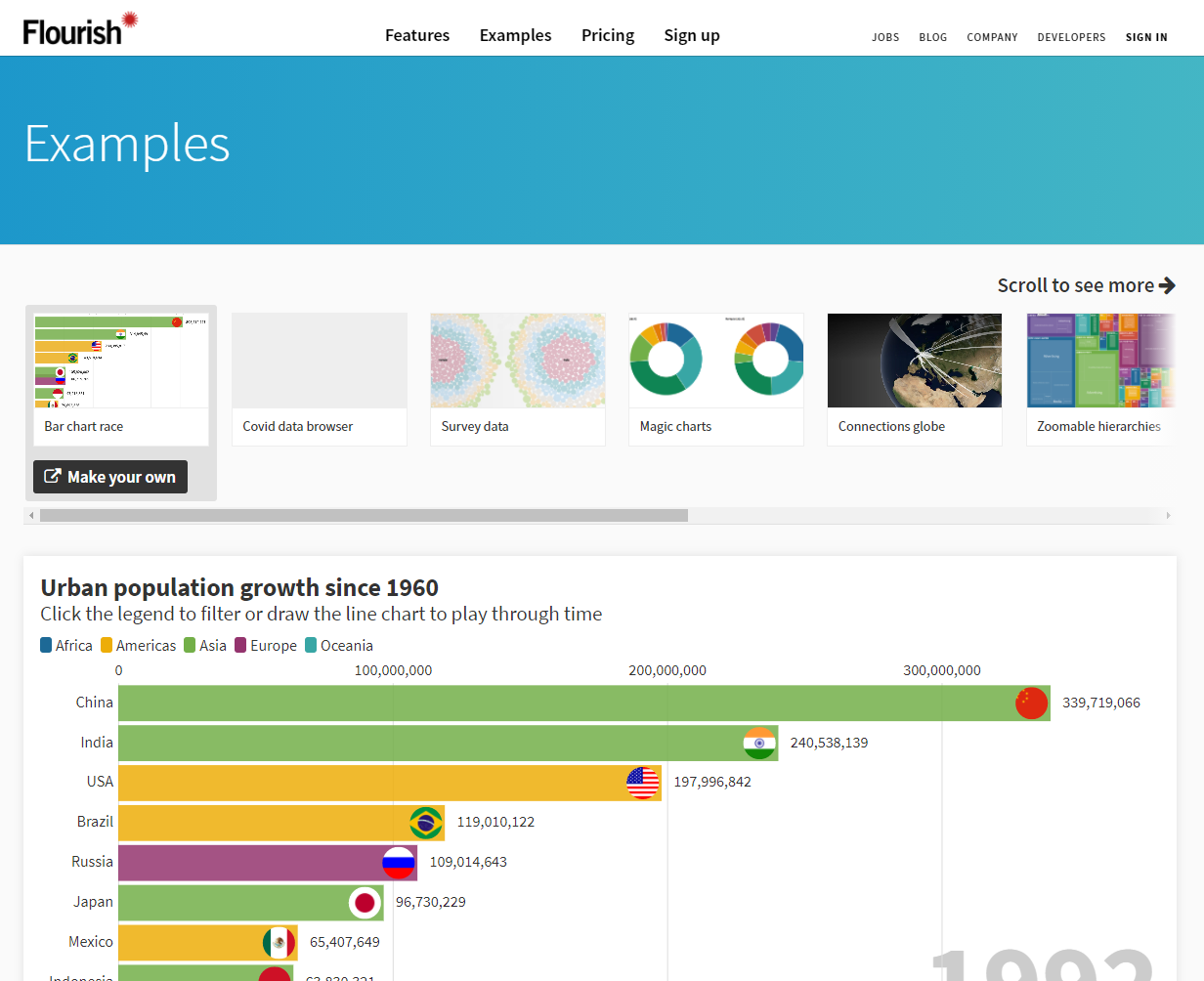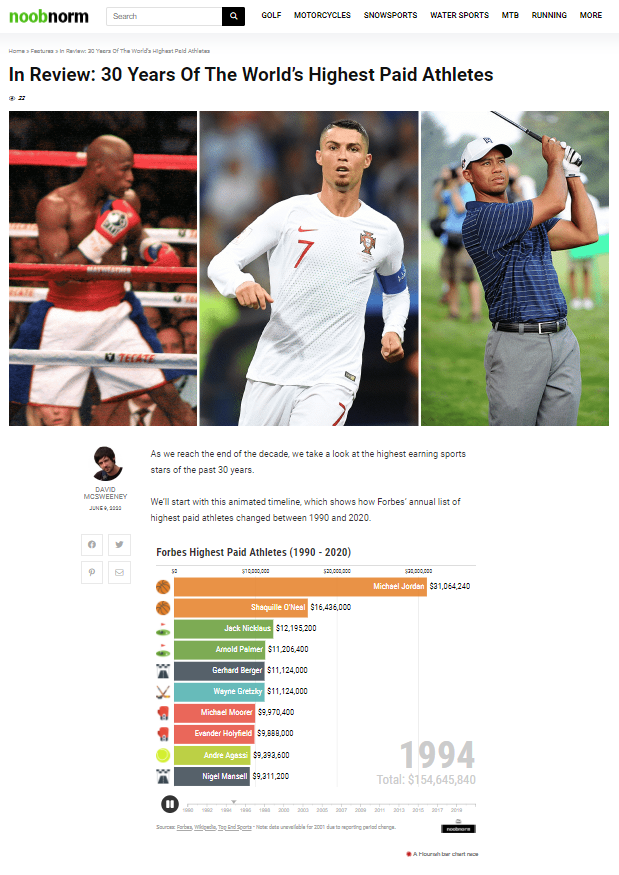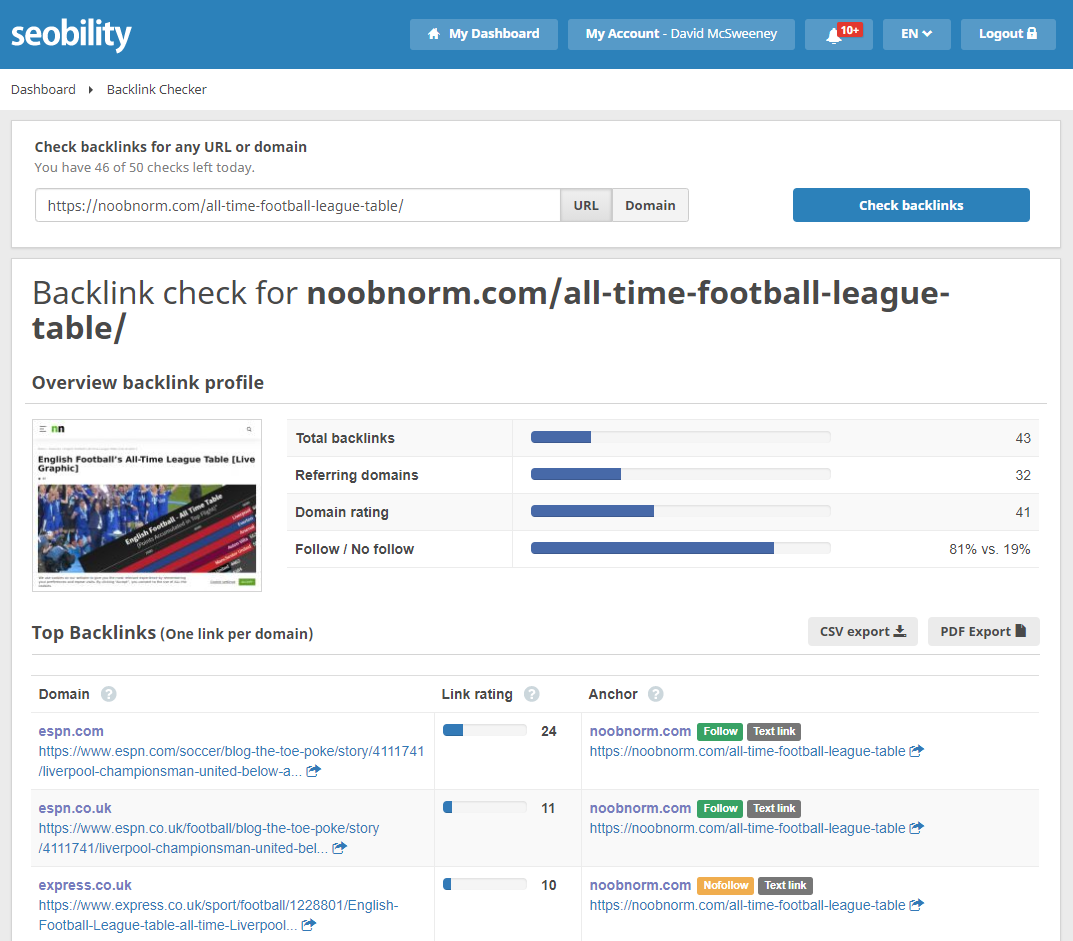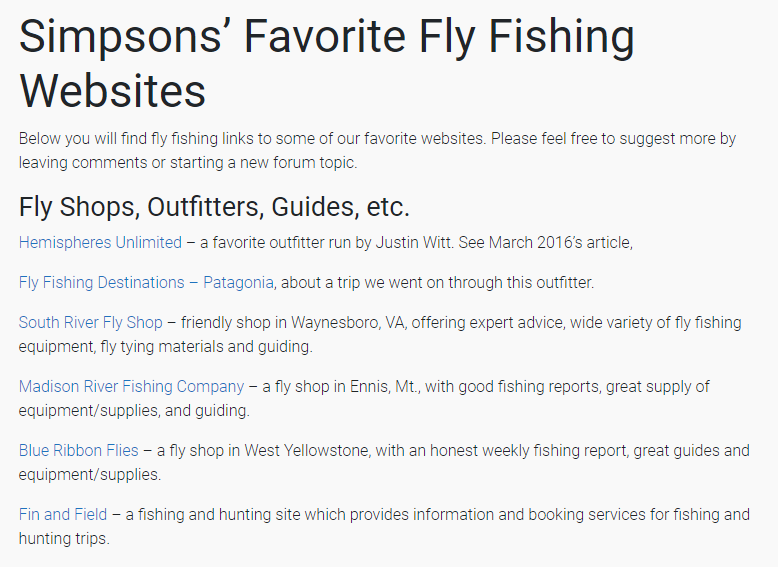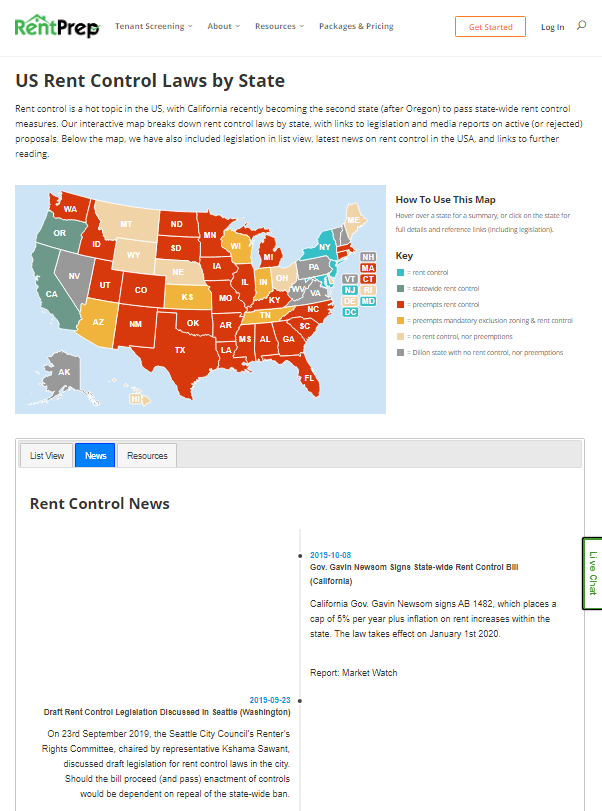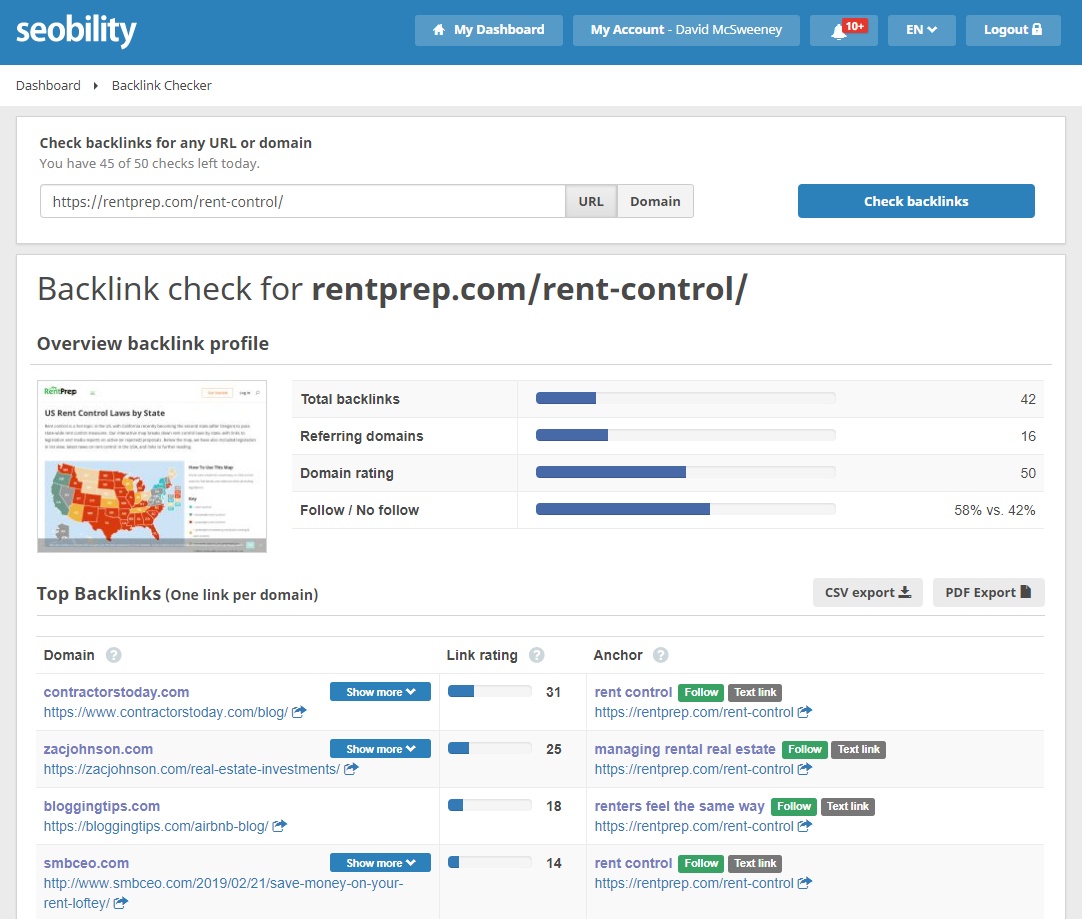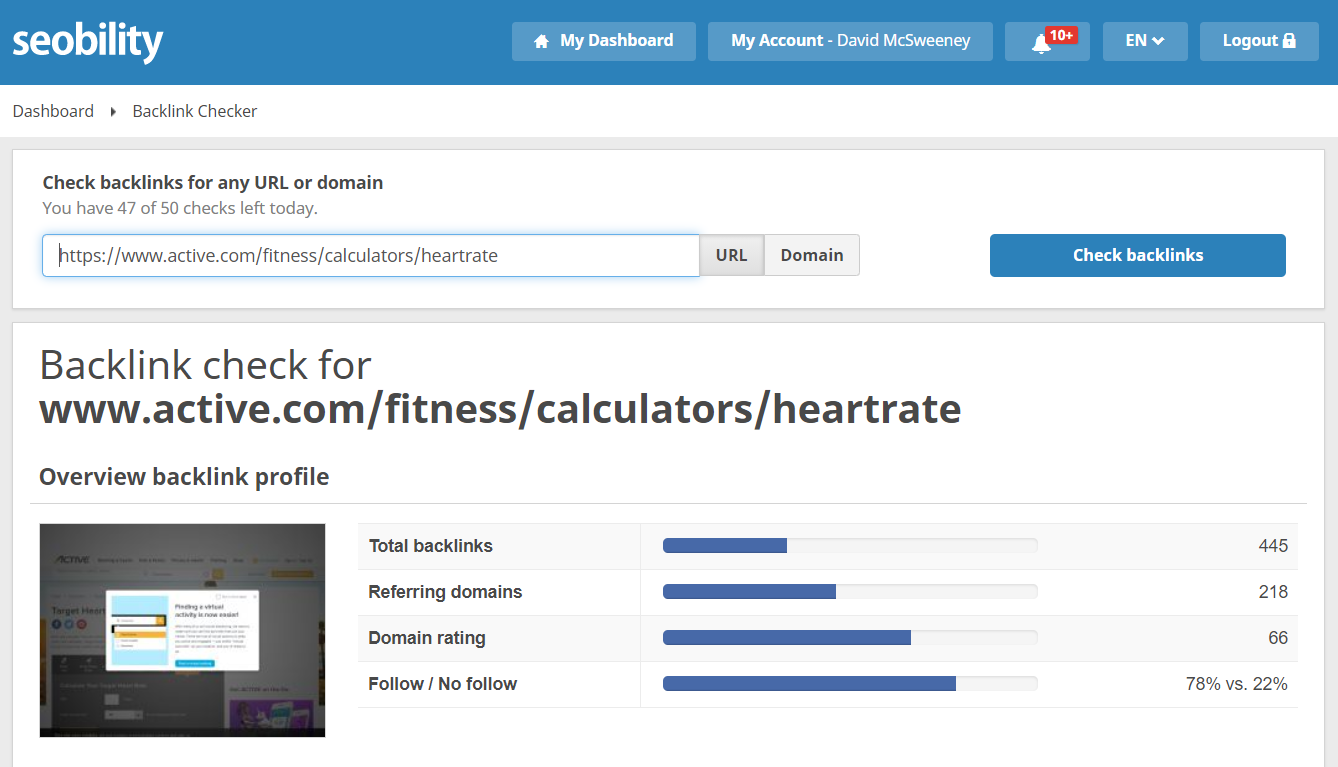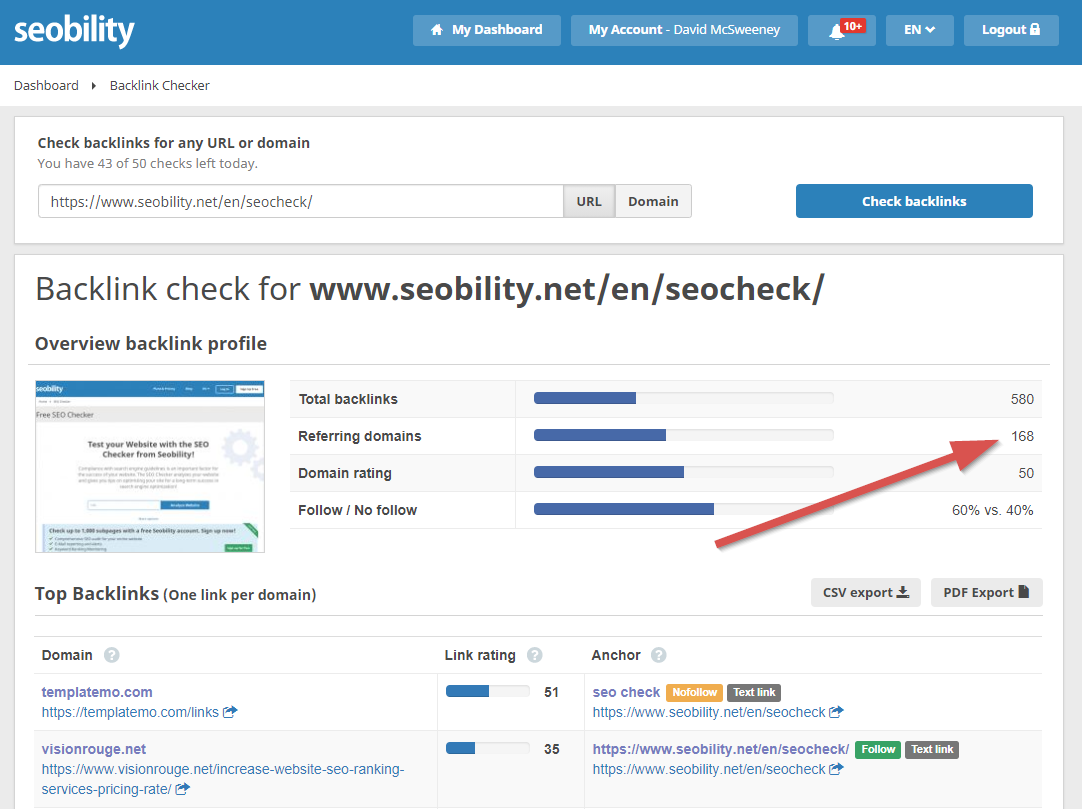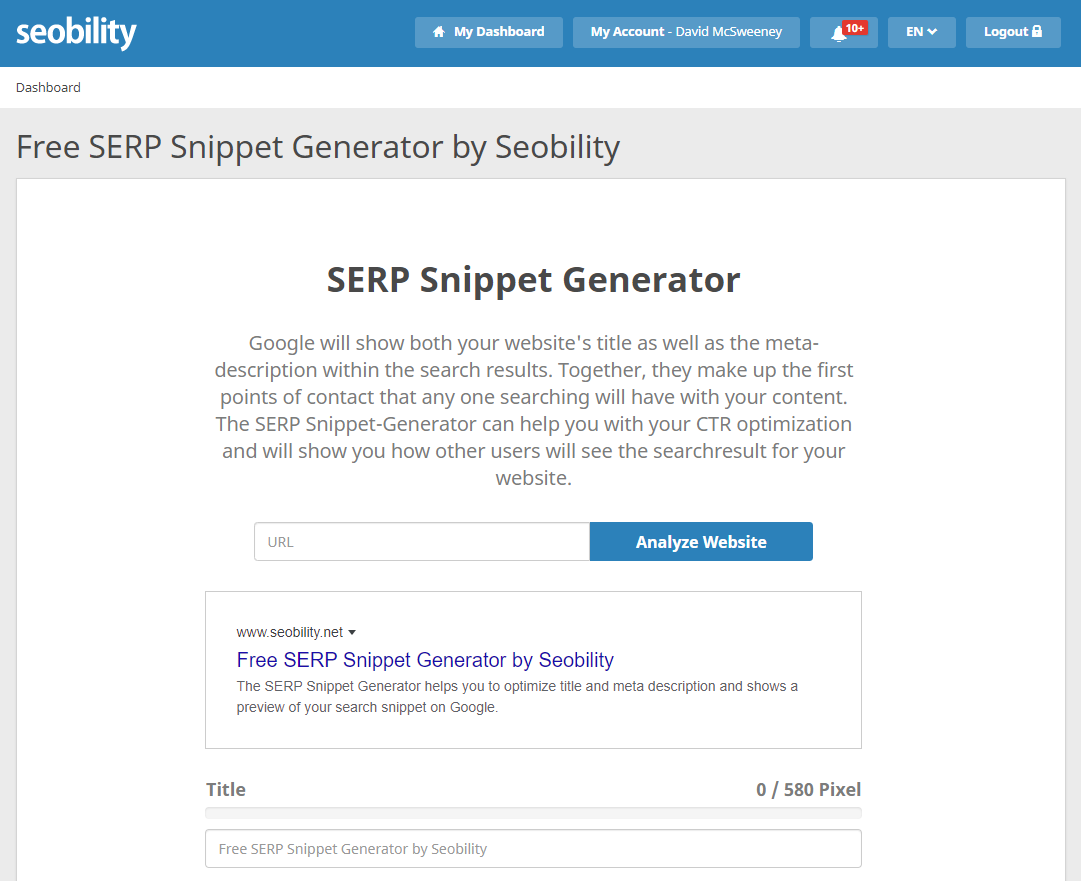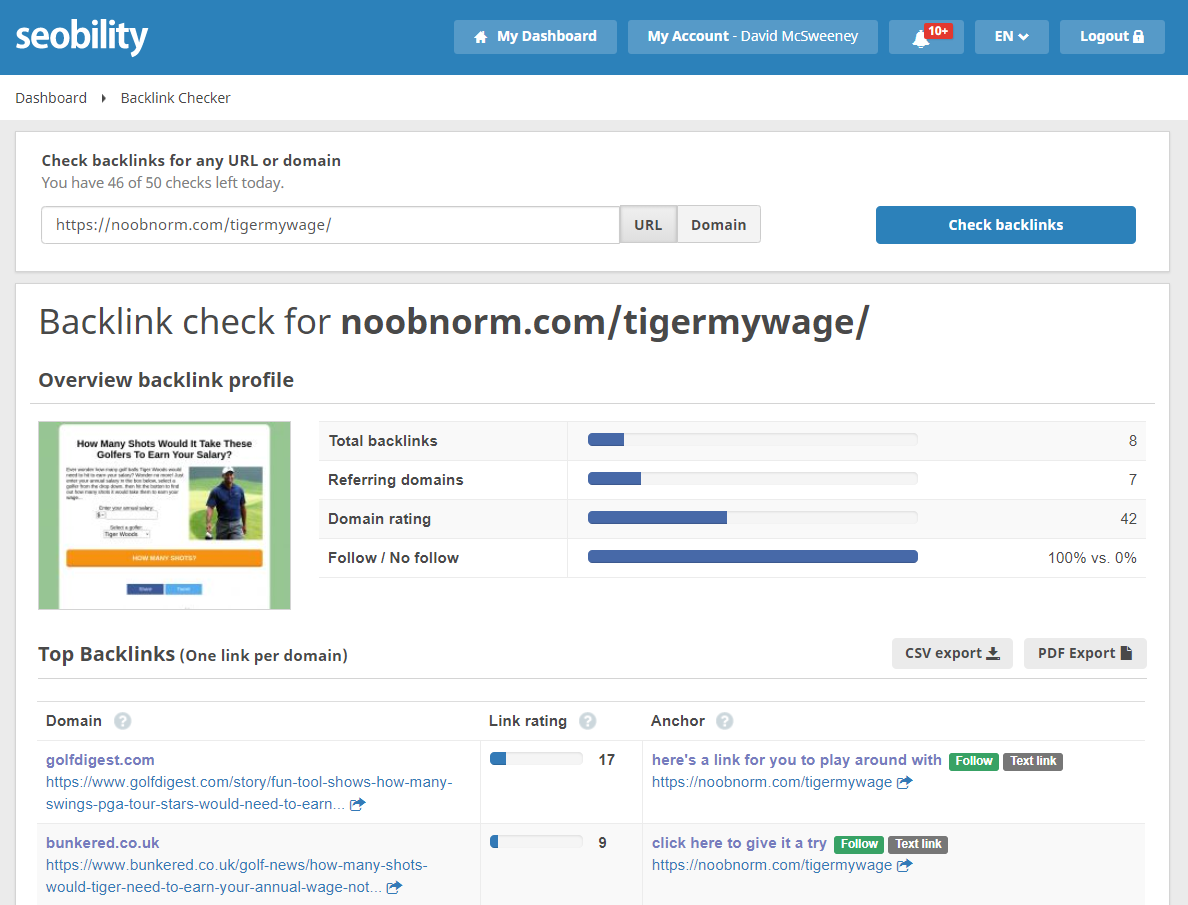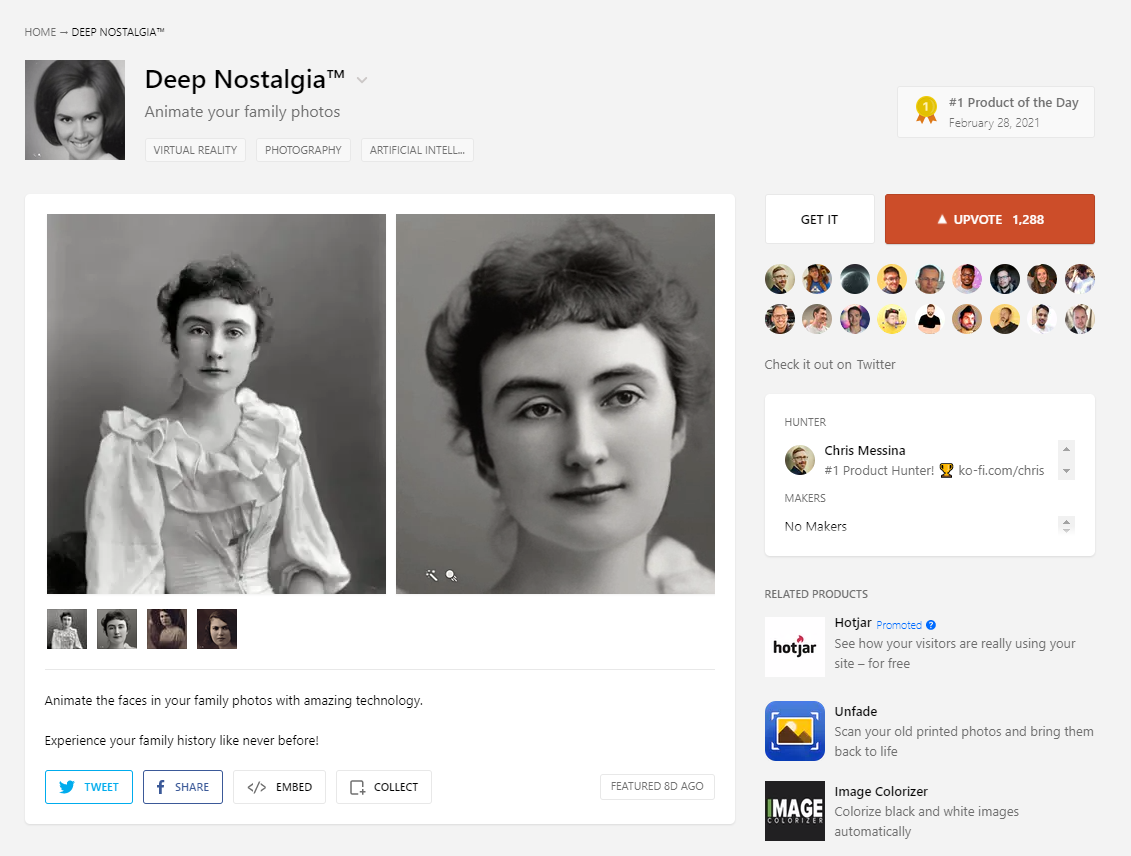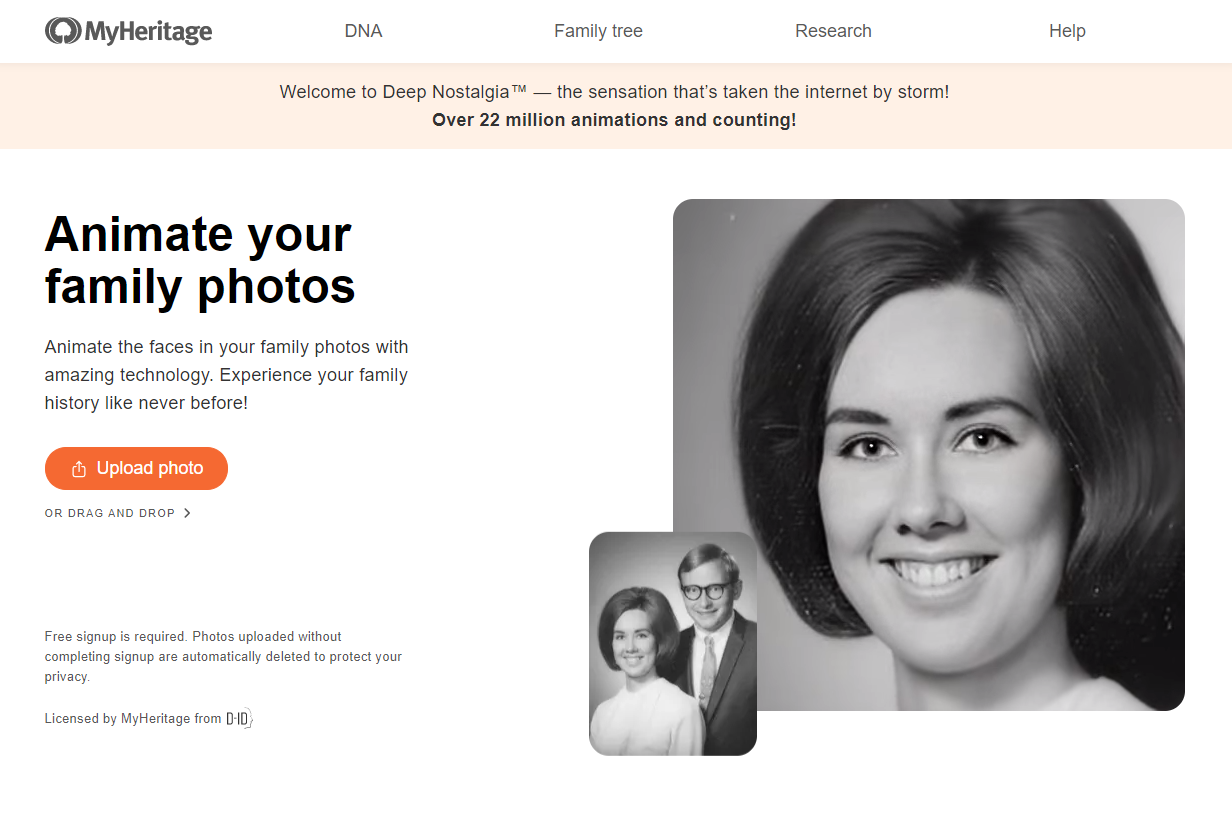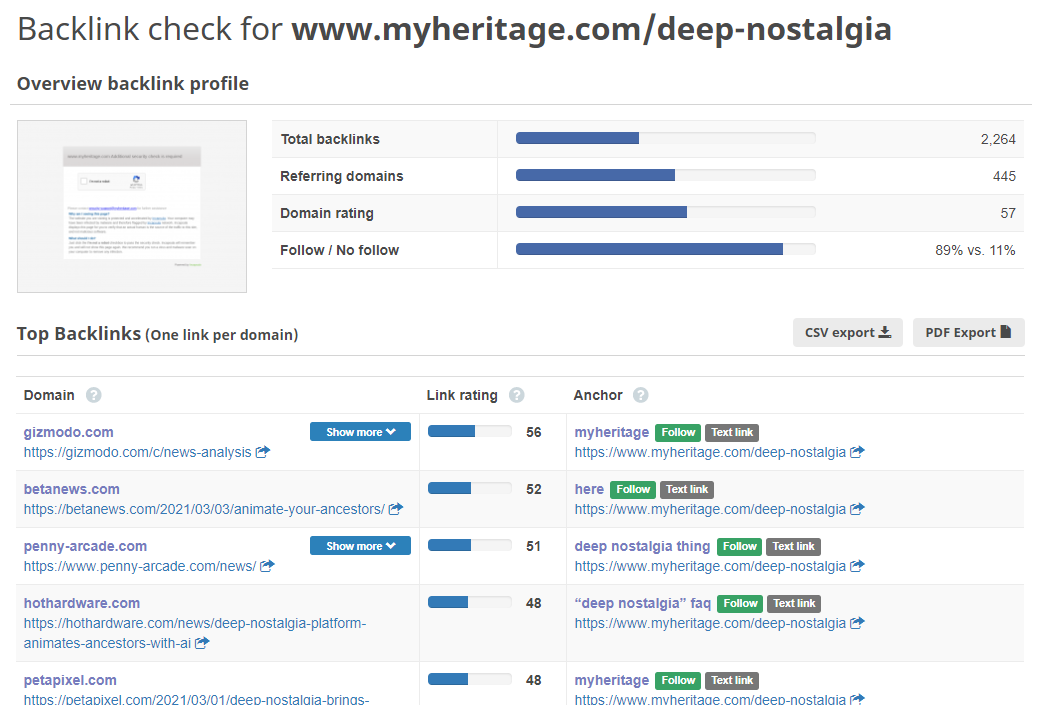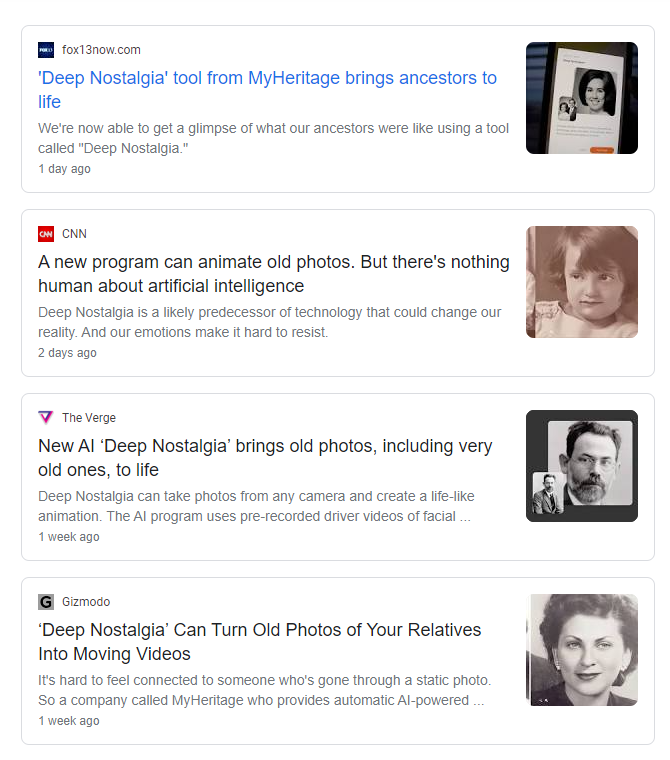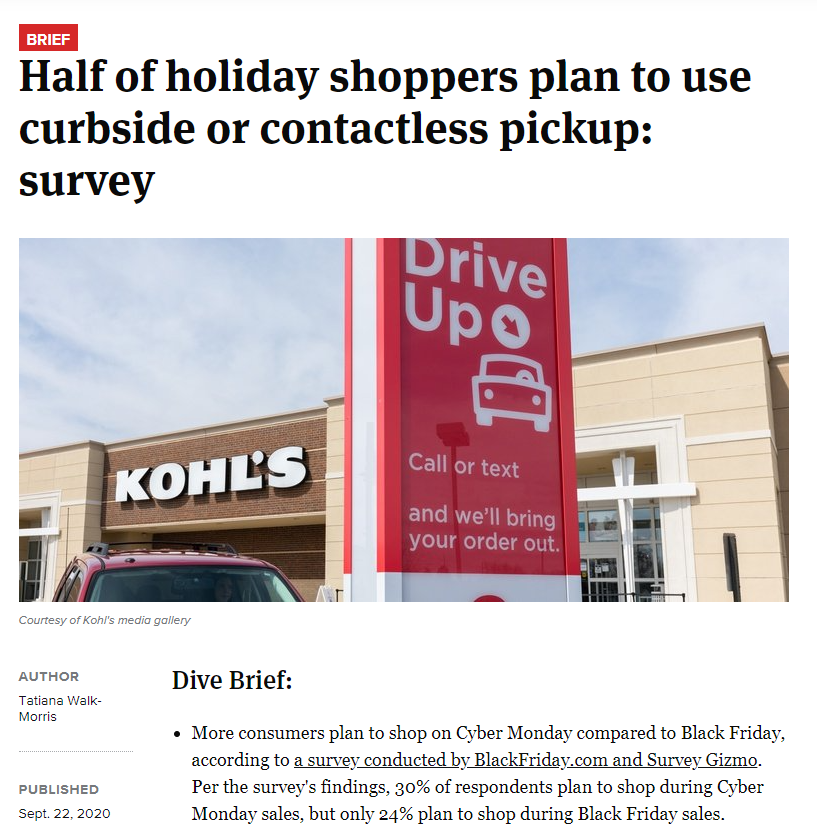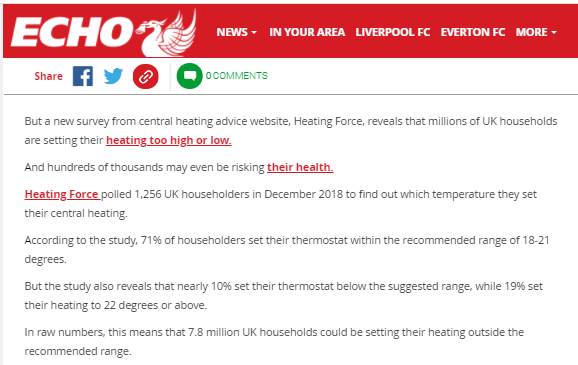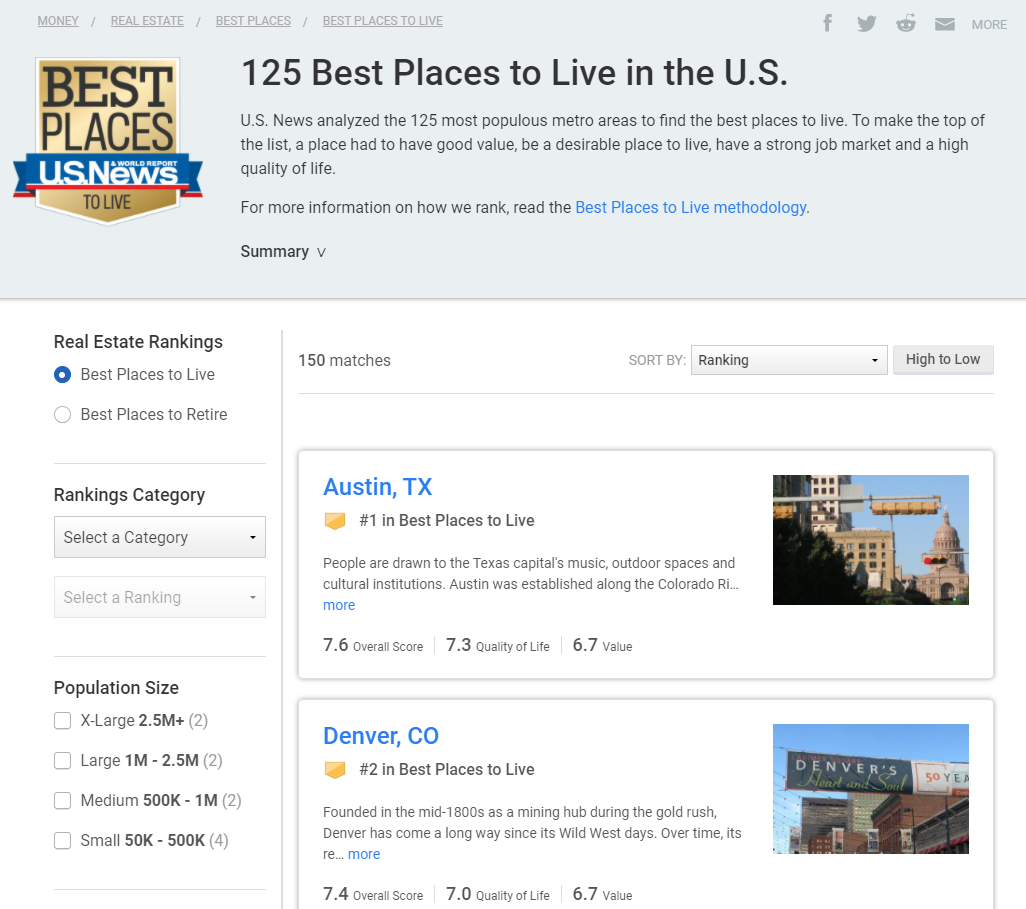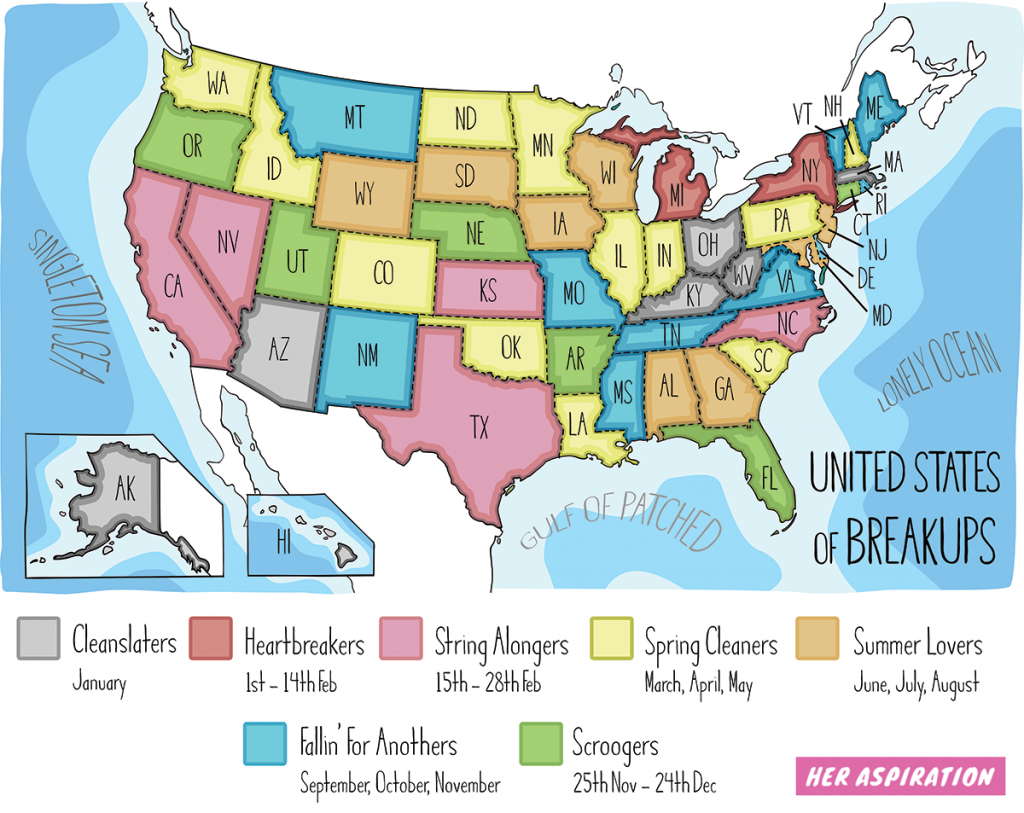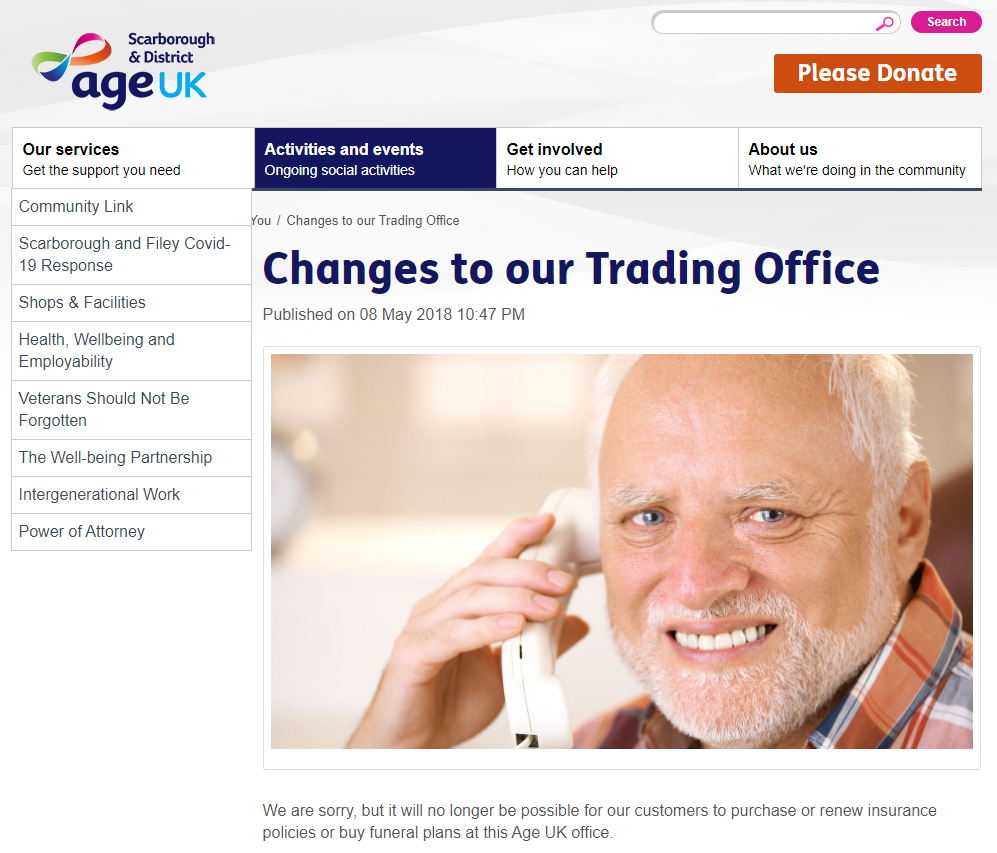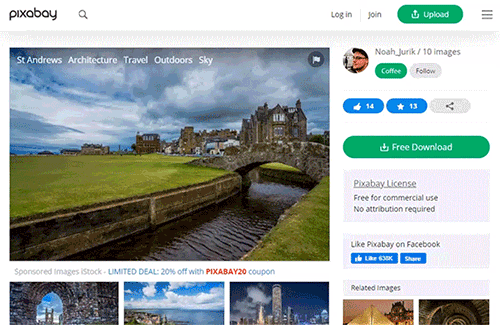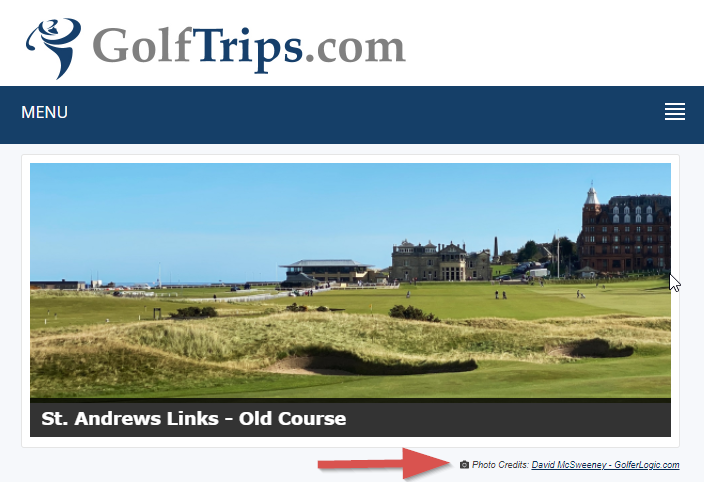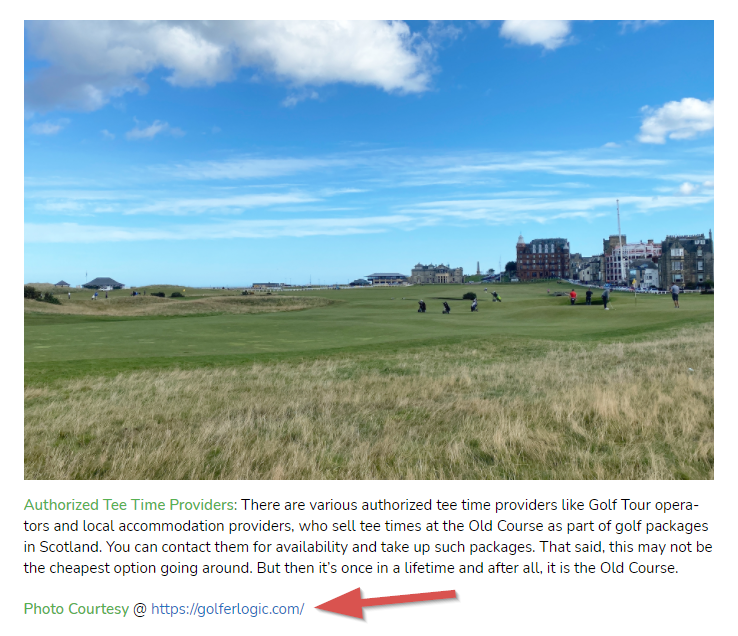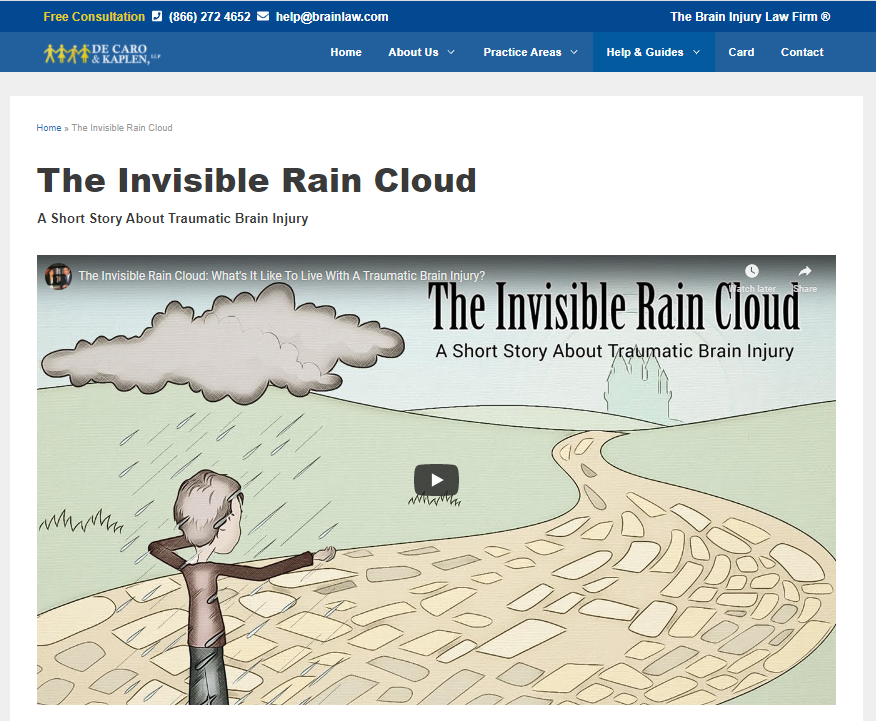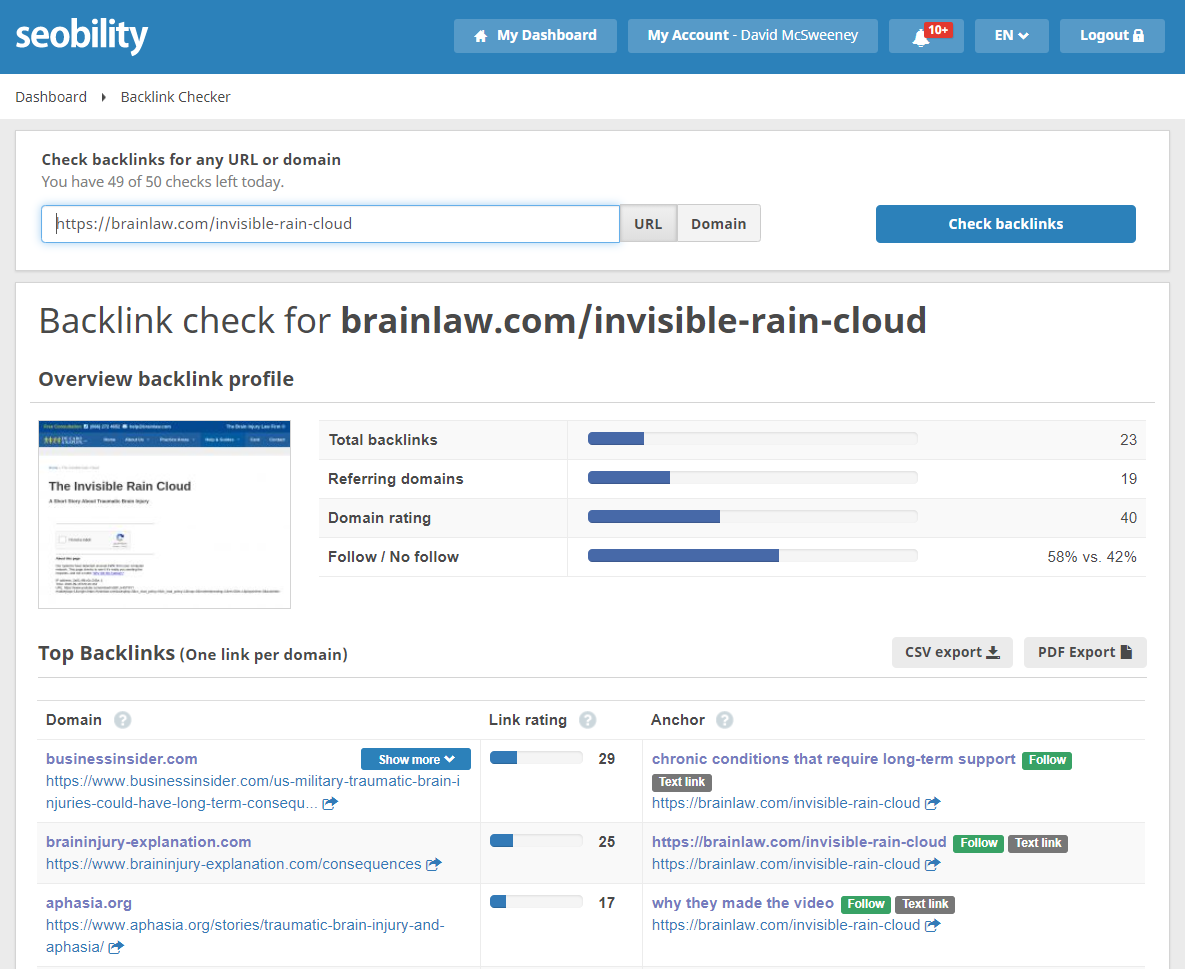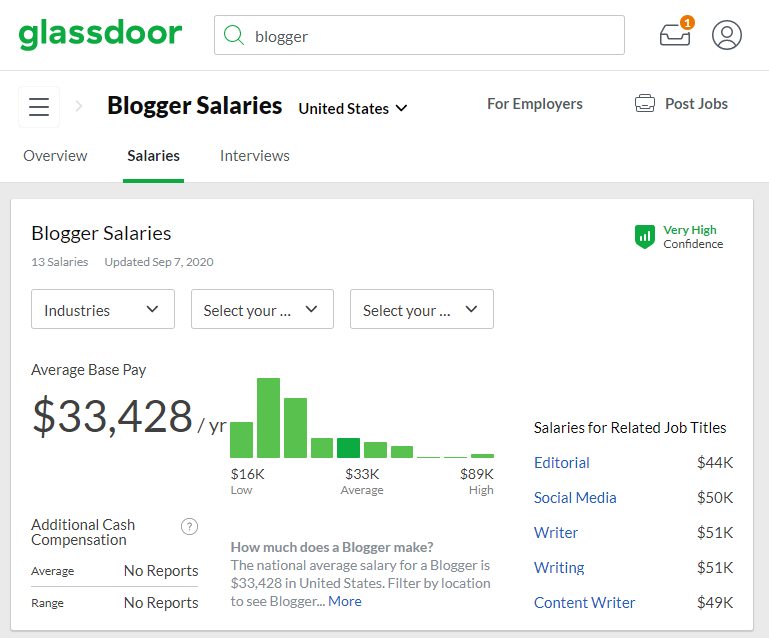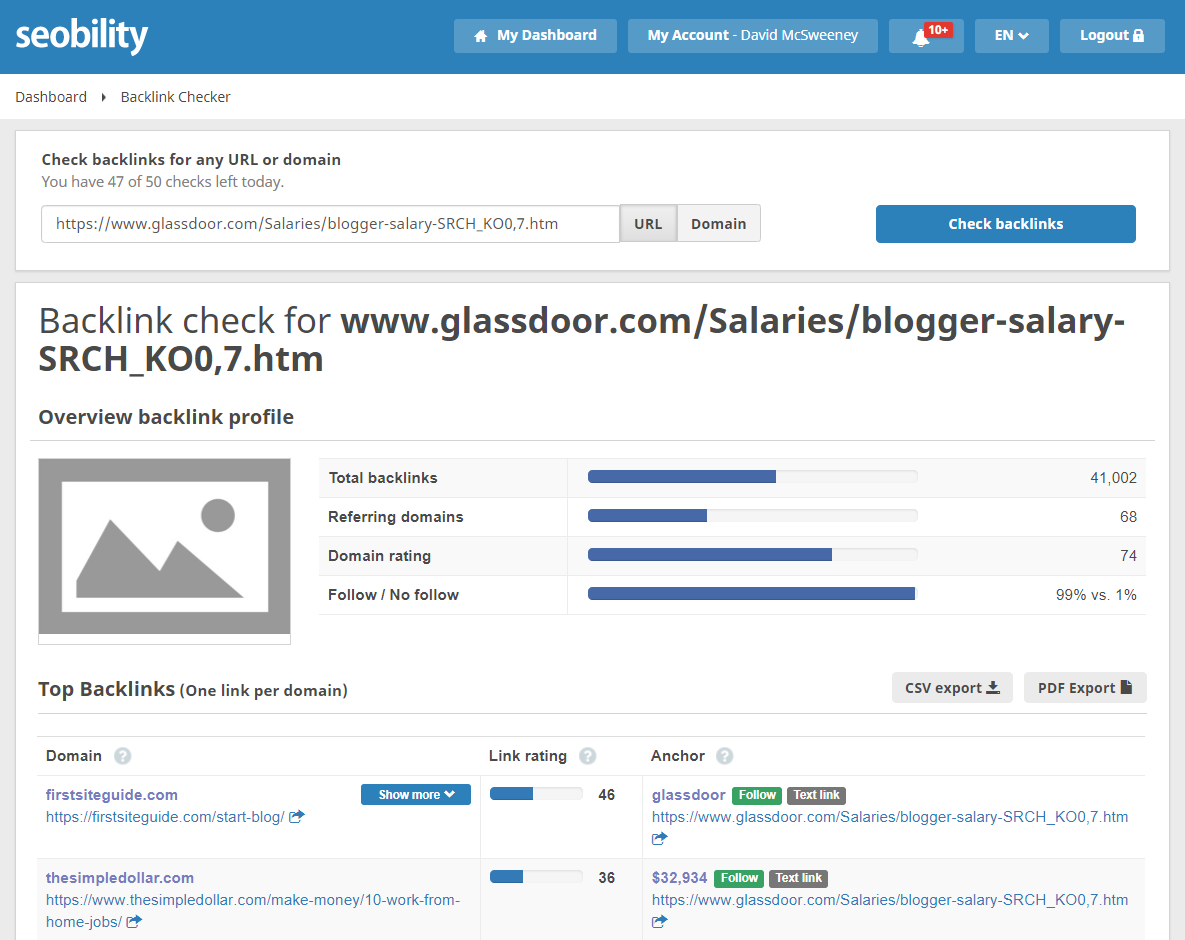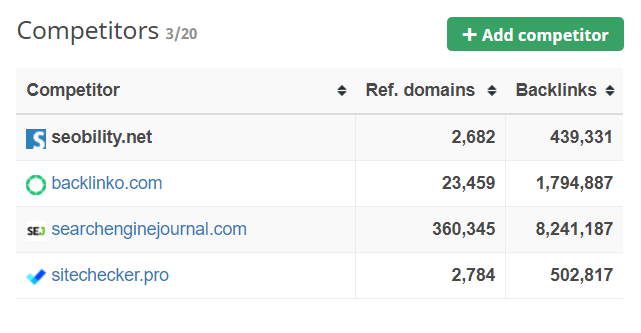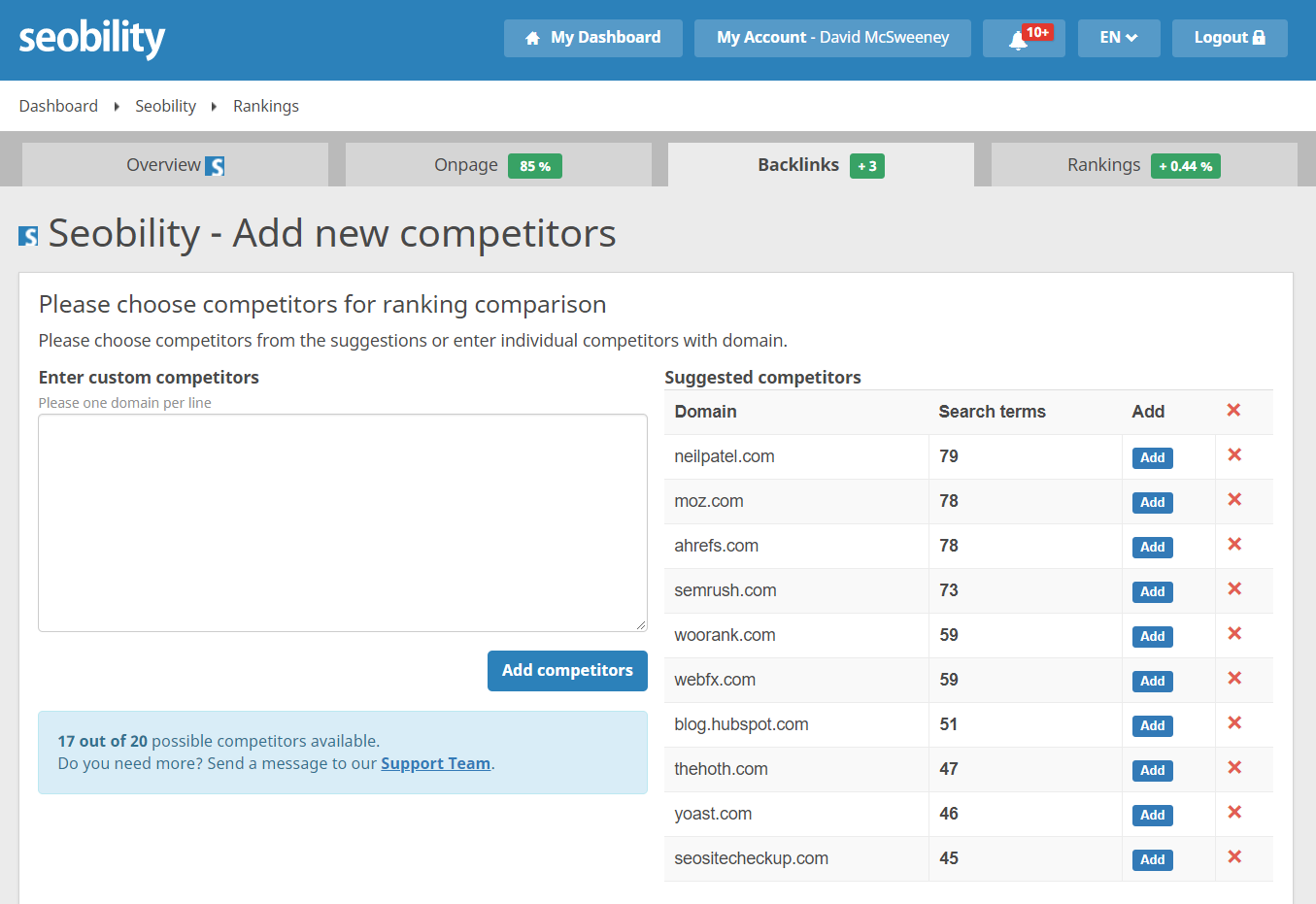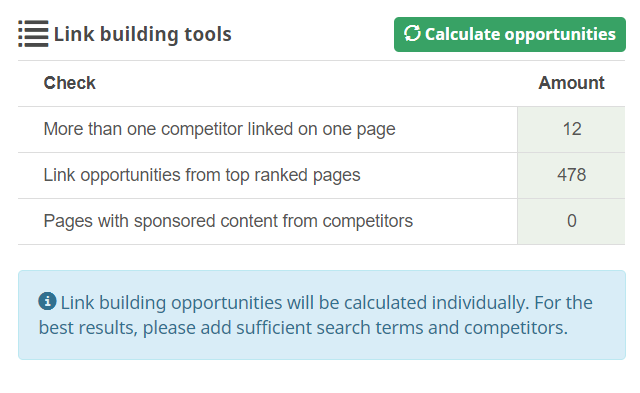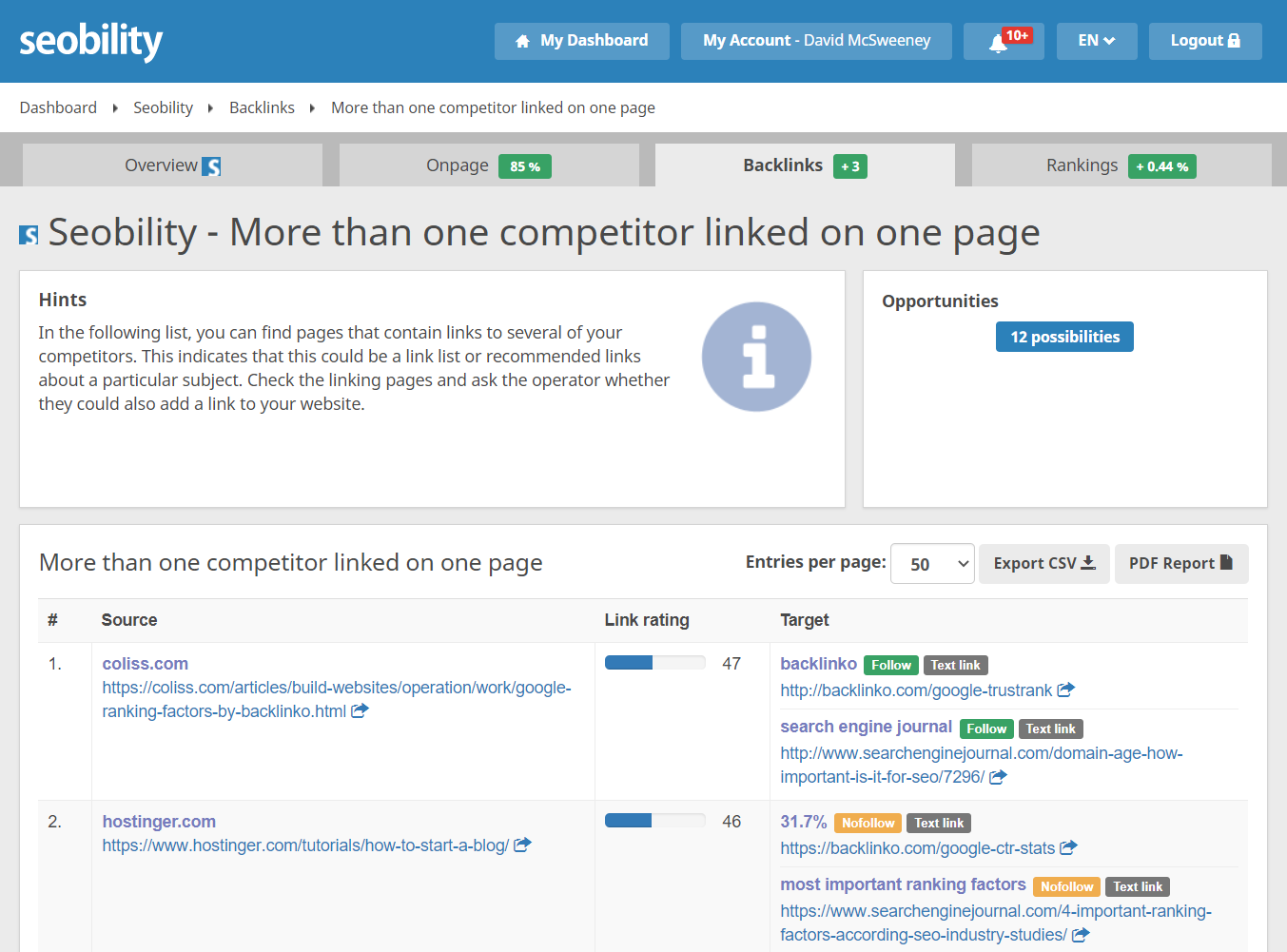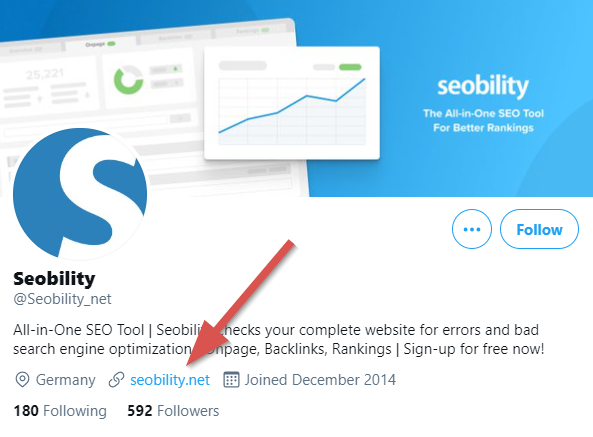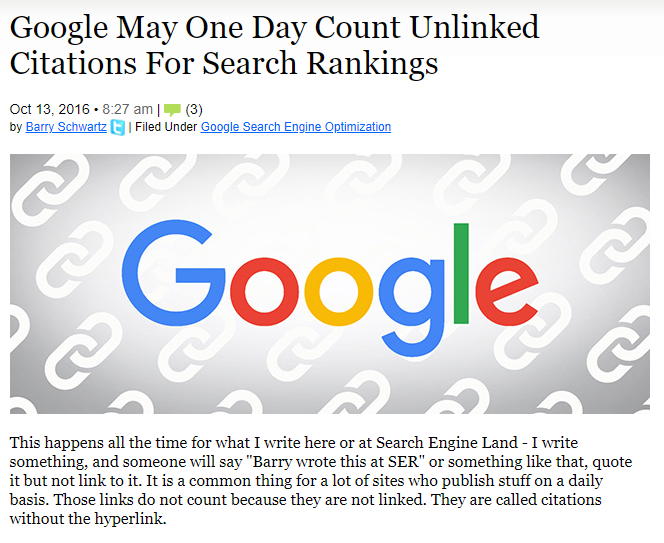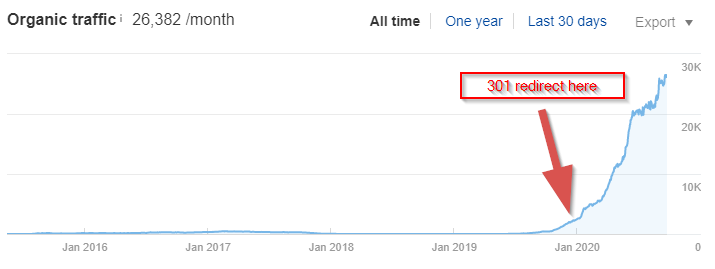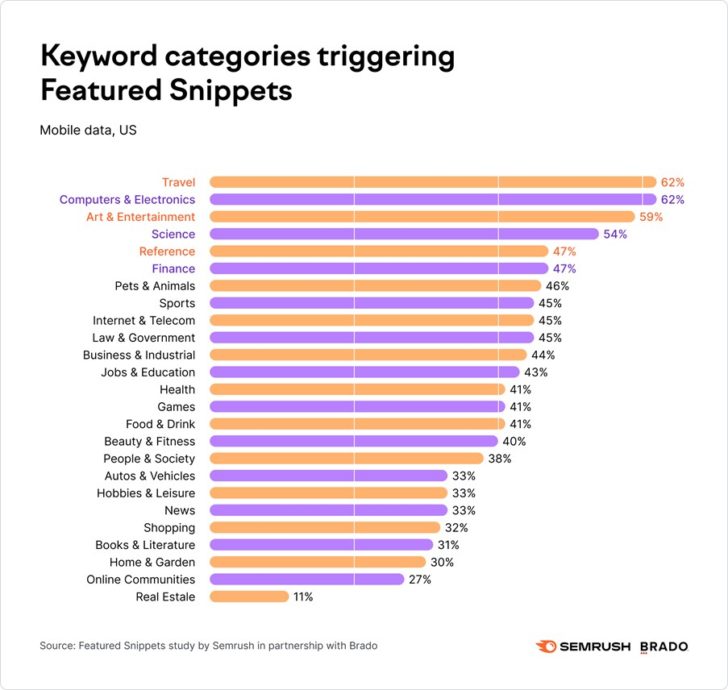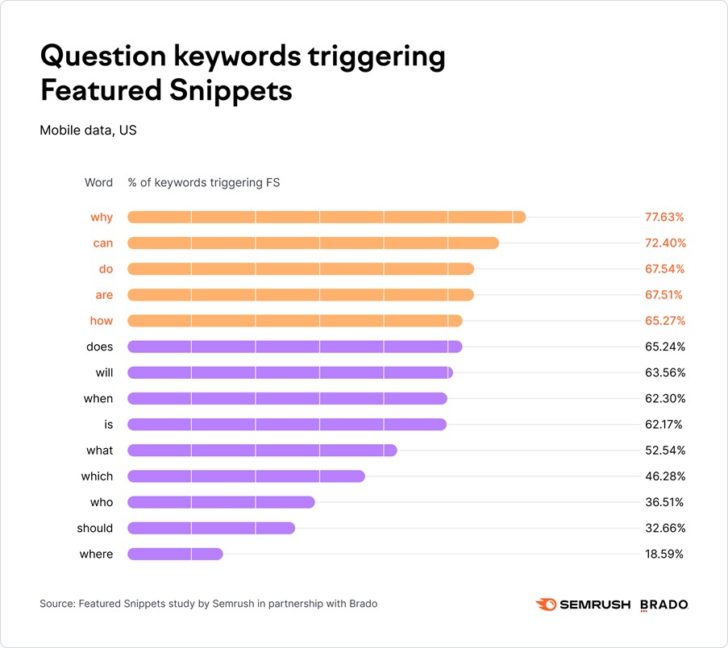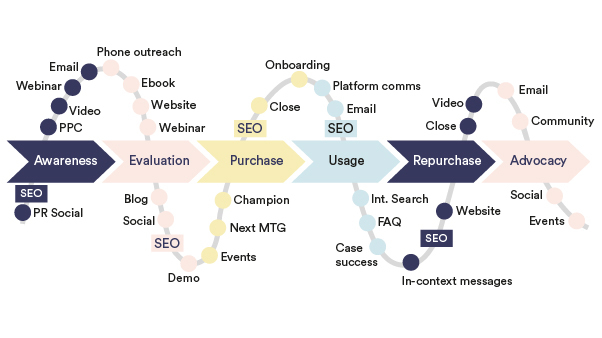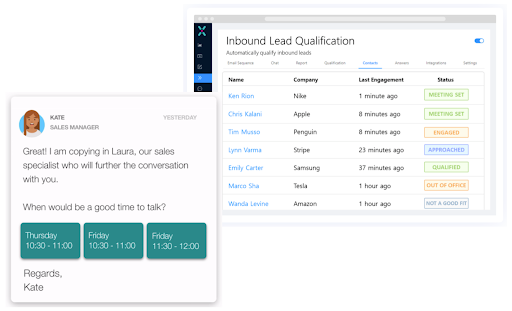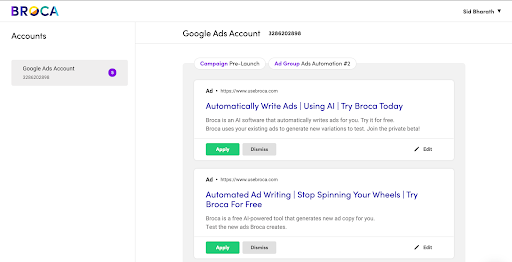
30-second summary:
- Search equity allows for your average business owner to compete on the SERP without being impeded by a lack of SEO-knowledge
- A more equitable SERP is a necessity for Google from a business and overall web-health perspective
- Google is pushing for equity on the SERP to a far greater extent
- The democratization of the SERP represents an enormous paradigm shift that brings certain SEO skills to the fore
What would happen if instead of having to jump through hoops to rank your new website, you were given a seat at the SERP straight away? Presumably, that would cause all sorts of havoc for SEO professionals. What if I told you that there’s a strong push at Google to do just that? I call it “search equity”. It’s Google trying to remove optimization barriers so site owners (aka business owners) can focus on creating great content and reap the benefits of it.
It’s a move that I think Google is pushing hard for and has already taken steps towards.
What is search equity?
Search equity is the ability for a site to be able to compete at some level of significance on the SERP without being impeded by technical structures. It is the ability for a site to rank its content solely because that content is worthy of being consumed by the searcher.
As such, search equity would mean that sites with limited resources can compete on the SERP. It means they would not need to have an overly complex understanding of SEO on a technical level and from a content structure perspective (think things like page structure and other technical SEO aspects).
Search equity gives a business owner the ability to be visible on the SERP and in many ways helps to preserve the overall health of the web.
It’s a spectrum. It’s not even possible to have total search equity. At any given time, there could be more or less of it within the Google ecosystem. It’s not an all-or-nothing equation. It’s not even possible to have total search equity. What matters is that Google is trying to create as much search equity as it reasonably can.
Why is search equity necessary?
The idea of search equity being highly desirable to your average site is self-evident but it also makes a lot of sense. What do I mean by that?
Business owners are content experts. They are experts on the subject matter that is related to their business. They are the ones who should be creating content around the topics associated with their business. Not SEOs, not content marketers, and not some content agency.
There’s a problem with this, however. That problem is the incentive. Content creation is hard and time-consuming so there has to be a reward for the efforts. Also, there needs to be a way to address the various technicalities that go into SEO, but that’s for later. This is where the current model falls into trouble.
What happens when a business decides to dedicate the time and resources to create content? What happens when they are now faced with things like optimizing their page structure, internally linking, external linking, title-tags, canonical tags, keyword cannibalization, or whatever else floats your SEO boat?
Do you see the problem?
SEO, as it’s often thought of, discourages the very people you want to be creating content for from creating content. Business owners don’t know anything about tags and links and structure. They know about running their businesses and creating content around that expertise.
This is a real problem for Google. It means there is a lot of potential content out there that the current incentive structure doesn’t allow for.
If you think the notion that there’s a gap in the content generation is fantastical, it’s not. For starters, Google has often indicated such a gap exists in non-English speaking markets. Further, Google has an entire “Question Hub” to provide answers for when the “content just isn’t there”.
What I think makes this notion a contradiction and hard pill to swallow as there is an overabundance of content and a lack of it at the same time. This is because a vast amount of content being produced simply lacks substance. I’m not even referring to spam and the 25 billion+ pages of it that Google finds each day. The content bloat we experience is due to the overabundance of low to medium quality content. When was the last time you felt there was just so much really quality content on the web? Exactly.
There is no gap in the quantitative amount of content on the web but there is in its quality. If Google’s main SEO talking point is any indicator, the gap of quality content out there might well be significant. That’s not to say that such content doesn’t exist, but it may not exist in healthy quantities.
To fully capitalize on the content creation resources it needs to maintain a healthy web, Google needs, and has moved towards, search equity.
But not all of Google’s drive towards search equity is purely altruistic—there’s also a business interest. This isn’t necessarily a bad thing. In fact, in this case, it’s quite healthy. In any event, understanding how search equity aligns with Google’s business interests is an important part of understanding the impending urgency of a more equitable SERP.
Why Google My Business demands search equity
The prominence of Google My Business and of the local SERP, in general, has risen in recent years. No longer is local SEO relegated to the loser’s table at SEO conferences. Rather, local SEO has come front and center in many ways.
Part of this is due to the growing importance of having a GMB profile. Local SEO isn’t getting more attention because of some internal shift in SEO, it’s because it’s becoming more important for businesses to have a GMB listing set up.
With the plethora of options and abilities that GMB offers (think Reserve with Google or Product Carousels) having a listing has become a way for a business to showcase itself.
Look no further than GMB itself advocates setting up a profile as a way to “stand out”.
Here too, Google runs into the very same problem I mentioned earlier: incentives. If Google My Business isn’t just about “managing your listing” but is also about standing out and marketing yourself, then the environment on the SERP has to be equitable.
In other words, what would happen to GMB adoption if business owners felt that in order for them to compete on all fronts they had to jump through all sorts of hoops and/or spend a ton of money hiring an SEO on a continuing basis?
Clearly, Google is trying to grow the relevancy of GMB not just in terms of the number of businesses adopting it but in how involved the platform is in the everyday functioning of the business. This incentivizes the business to create a listing, add images, and create Google Posts. What’s lacking, however, is content.
When it comes to the content local sites create, they have to play by the rules of every other site. There is no branded query driving users to their product carousel, Google Posts, or online menu. If Google wants businesses to feel they can thrive with GMB that success has to be across the board. This means sites have to have success within the traditional organic results for a slew of keywords (not just branded local searches).
You can’t have the truly successful adoption of GMB if it doesn’t incorporate the business’ site itself. If a business feels that Google is making it excessively difficult to perform in one area, it will not fully adopt the other area. Meaning, if Google makes it difficult for a business to rank content, that business will not be willing to fully commit to GMB in the way that Google so desires. Businesses have to feel that Google has their backs, that Google is not an impediment before they’ll consider GMB a place to showcase themselves. It’s just common sense.
If GMB is to continue to thrive and grow in unprecedented ways, then Google needs to make sure businesses feel that the entire Google ecosystem is a place where they can thrive.
Search equity is the only way this can happen.
How Google has already been moving towards search equity
Truth be told, Google has been heading towards greater search equity for a while. I would argue that this movement began back in 2015 when RankBrain entered the scene. As time has gone on and as Google has introduced other machine learning properties as well as natural language processing the move towards greater search equity has followed exponentially.
To put it simply, as Google can better understand content per se, it inherently no longer needs to rely on secondary signals to the extent it used to. This is why the debate about the importance of links and specific ranking factors has grown like a wildfire in a dry forest.
Take headers or title-tags. Whereas at one point in time you might have had to worry about the specific keyword you put into your titles and headers, that’s not exactly the case today. Aligning your title-tags to user intent and being topically focused is more significant than a specific keyword per se (one could even argue, that while still important, the overall ranking significance of the title-tag has diminished as Google takes a broader look at a page’s content).
This is really the idea of taking a more “topical” approach than a keyword-specific approach to a page’s content (an idea that has come to the forefront of SEO in recent years). That’s search equity right there. What happens when you don’t have to rummage through a tool to find the exact keyword you need? What happens when you don’t need to place that exact keyword here, there, and everywhere in order for Google to understand your page?
What happens is businesses can write naturally and, by default (so long as the content is good), create something that Google can more or less assimilate.
In other words, the flip side of Google’s often discussed “breakthroughs” in better understanding content is “search equity”. If Google can better understand a page’s main content without having to rely as much on peripheral elements, that inherently translates into a more equitable environment on the SERP.
You don’t need to look any further than Google’s mantra of “write naturally for users” to see what I’m referring to. Google’s improved ability to comprehend content, via elements such as BERT and the like, allows for site/business owners to write naturally for users, as previous “impediments” that demanded a specific understanding of SEO have to an extent been removed.
An even stronger push towards increased search equity
Advocating that Google is headed towards increased search equity by pointing to an almost ethereal element, that is, the search engine’s ability to more naturally understand content is a bit abstract. There are clearer and more concrete cases of Google’s ever-increasing push towards search equity.
Passages ranking and the clear move towards a more equitable SERP
Passage ranking is the absolute perfect example of Google’s desire for a more equitable search environment. In fact, when discussing Passage ranking, Google’s John Muller had this to say:
“In general, with a lot of these changes, one thing I would caution from is trying to jump on the train of trying to optimize for these things because a lot of the changes that we make like these are essentially changes that we make because we notice that web pages are kind of messy and unstructured.
And it’s not so much that these messy and unstructured web pages suddenly have an advantage over clean and structured pages.
It’s more, well… we can understand these messy pages more or less the same as we can understand clean pages.”
Does that not sound exactly like the concept of search equity as I have presented it here? Passage ranking further equalizes the playing field. It enables Google to understand content where the page structure is not well optimized. In real terms, it offers an opportunity to content creators who don’t understand the value of strong structure from an SEO perspective, i.e., a business owner.
Simply, Passage Ranking is a clear and direct move towards creating a more equitable SERP.
Discover feed could lead to more equity
This is a tricky one. On the one hand, there is a tremendous danger to the average site with auto-generated feeds, such as Google Discover. It’s easy to conceive of a person’s feed being dominated by large news publishers, YouTube, and other high authority websites. That would leave little room for the average business owner and their content.
However, let’s take a step back here and focus on the nature of the beast and not the specific content possibly being shown. What you have with Google Discover (and personally this sort of custom feed is where things are headed in many ways), is content delivery without the ability to influence placement via direct SEO. In other words, unlike the SERP, there is far less direct influence over what you can do to optimize a specific page for Discover. There is no keyword that a user implements in Discover, so there are far fewer things SEOs can do to tilt a page in a certain and very specific direction.
Rather, Google Discover relies on the overall relevance of the page to a user’s interests as well as the site’s general authority around the topic at hand. It’s far more a content strategy-focused endeavor that hinges on the production of highly relevant and authoritative content in the context of a site’s overall identity than it is about traditional SEO.
Discover, as such, is inherently a far more equitable construct than the SERP itself. Does that mean that it is in actuality a more equitable environment? That all depends on how Google goes about weighing the various considerations that go into showing content in Discover. Still, as a framework, the feed is of a more equitable nature regardless.
CMSes and their role in search equity
There’s been an interesting development in the role of CMSes for SEO, to which I have a front-row seat (as I work for Wix as their SEO liaison). CMSes, like Wix and Shopify in particular, have put a heavy emphasis on evolving their SEO offering.
As a result, and I can tell you this first-hand as I’m often a direct participant in these conversations, Google seems to be taking a more outright welcoming approach to the closed-CMSes. The reason is that as the CMSes have evolved for SEO, they offer the ability to create an equitable experience on the SERP.
Just look at what John Mueller had to say as part of a conversation around businesses using Wix:
The more small business sites I see, the fewer I see with technical SEO issues, and the more the issues lie with the content (stale, duplicated across multiple sites, incorrect, low-quality, etc). CMSs tend to get most technical things right (or “right enough”) nowadays.
— 🍌 John 🍌 (@JohnMu) February 15, 2021
The evolution of some of the closed CMSes is in many ways the missing piece to Google’s search equity puzzle. If a platform like Wix or Shopify provides the defaults and out-of-the-box solutions that remove the impediments associated with the more technical side of SEO then the SERP is far closer to search equity than ever.
This is reflected by John’s statement in the next tweet from the thread I presented just above:
What I recommend to small businesses is: never self-host, avoid plugins, buy your domain name, use a simple & reliable platform, use 2-factor authentication, have 2+ people internally who can update your site’s content, get local SEO help.
— 🍌 John 🍌 (@JohnMu) February 15, 2021
Having platforms out there that take care of the user from a technical standpoint puts businesses in the position to be able to rank content. This is search equity.
If you combine what’s happening with the CMSes along with Google’s advances around Passages and the like and you have one massive step forward for search equity.
This creates an environment where the average person can use a platform that handles many of the SEO issues and then rely on Google’s ability to parse unstructured content. That’s a tremendous amount of equity hitting the SERP at one time.
What greater search equity means for SEO
When you look back and what we’ve discussed so far here, search equity is a far-reaching construct. It touches on everything from the algorithm to the CMSes supporting the web. More than that, it’s an enormous shift in the paradigm that is Google search. In a way, it’s revolutionary and has the potential to fundamentally change the search marketing landscape. I don’t mean that hyperbolically either and I’m not generally an alarmist.
No, I’m not saying SEO is dead. No, I’m not saying technical SEO is dead (not by a long shot). What I am saying is a more even playing field for those who can’t invest heavily in traditional SEO is a major change to the SERP and potentially for our industry.
Bringing SEO strategy into focus
The evolution of search equity might mean that it is (and will be) easier for business owners to create content that ranks. It does not mean that these businesses will have any idea of what to target and how to construct the most advantageous SEO content strategy.
In fact, I speculate that most businesses will end up trying to target extremely competitive spaces. They will try to target top-level keywords without focusing on the elements that differentiate themselves and without creating an “organic niche” for themselves.
The point is, search equity only makes understanding SEO at the strategic level more important than ever. Understanding the algorithm and the overall direction and “inertia” that Google is trending towards will be an extremely valuable commodity.
The business owners who will benefit from search equity will need our help to give their content efforts direction.
(By the way, this is not to say that ensuring these sites adhere to SEO best practices should or will fall to the wayside. Although, I do think this does widen the gap in what it means to do SEO for different kinds of sites).
Emphasis on the site as a whole (not the page)
As mentioned, search equity takes the focus off the “page” and the explicit optimization of it and places it onto the content itself. The spotlight being moved onto content per se creates a new operating framework. Namely, the importance of the site from a holistic point of view versus the significance of a per-page outlook on SEO.
The various pages of content on a site do not exist in isolation of each other. They’re all intricately related. Imagine a site that had pages that talked about buying car insurance and other pages on how to make chicken soup with no clear connection between the two topics. From a per page perspective, each page could offer wonderful content and be intricately optimized and therefore expected to rank. However, if you step back the lack of topical focus brings with it a slew of issues.
Search equity is synonymous with an explicit focus on the substance of a page’s content. You cannot have search equity without Google being better able to understand and subsequently value the content on a page. Search equity is synonymous with an increased valuation of the page content as page content (as opposed to page structure, for example).
An increased focus on the content itself, with ancillary factors having, at times, a diminished role. This means that the site itself comes into a larger focus. Once that happens, the overall purpose, identity, focus, and health of that site become more important as well.
Great content that is out of context relative to the other content on the site is less relevant. Just think about a user who hits the page from the SERP. They finish reading a blog post only to see a carousel of related articles that are entirely irrelevant to them. Who is that good for? Or imagine the internal links in such a piece of content, how relevant would they be? How strong is the content if it intrinsically can’t have any internal links, as internal links can often help support the user’s content acquisition?
The effectiveness of a webpage’s content does not exist in a vacuum. It gains strength and relevancy from the pages that support it. If Google is taking a more direct look at content, the pages that support a given piece of content must also come into focus.
The advancements towards greater search equity require us to take a more holistic view of a website. Search equity and the direct content focus that Google has taken mean that the relevancy of the entire site comes into focus.
This means we need to perhaps shift our attention from the role of individual pages to consider the site’s efficacy overall. This might mean a revamping of our SEO strategies and priorities and directly speaks to the importance of having a well-thought-out SEO outlook (as I mentioned earlier).
It’s a good thing
At the end of the day, a web that removes impediments to the creation of strong content is a good thing. Might it change the SEO landscape as time goes on? Certainly. A more equitable SERP will most likely have a major impact on SEO over time. Does that mean we shouldn’t embrace it? No. Does that mean SEO is dead? Of course not. Does it mean we shouldn’t be concerned with best SEO practices to the same extent? Clearly, doing so would be a terrible idea.
What it does mean is that we may need to change our outlook on SEO a bit and understand where we have true value to certain types of sites.
Search equity is a good thing.
Mordy Oberstein is Liaison to the SEO Community at Wix. Mordy can be found on Twitter @MordyOberstein.
